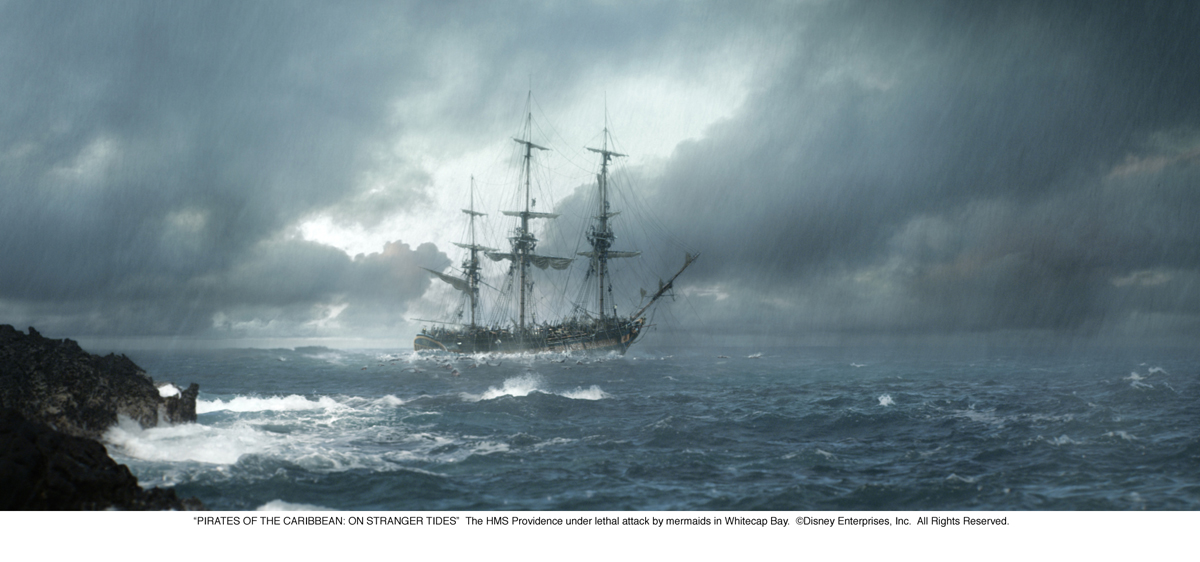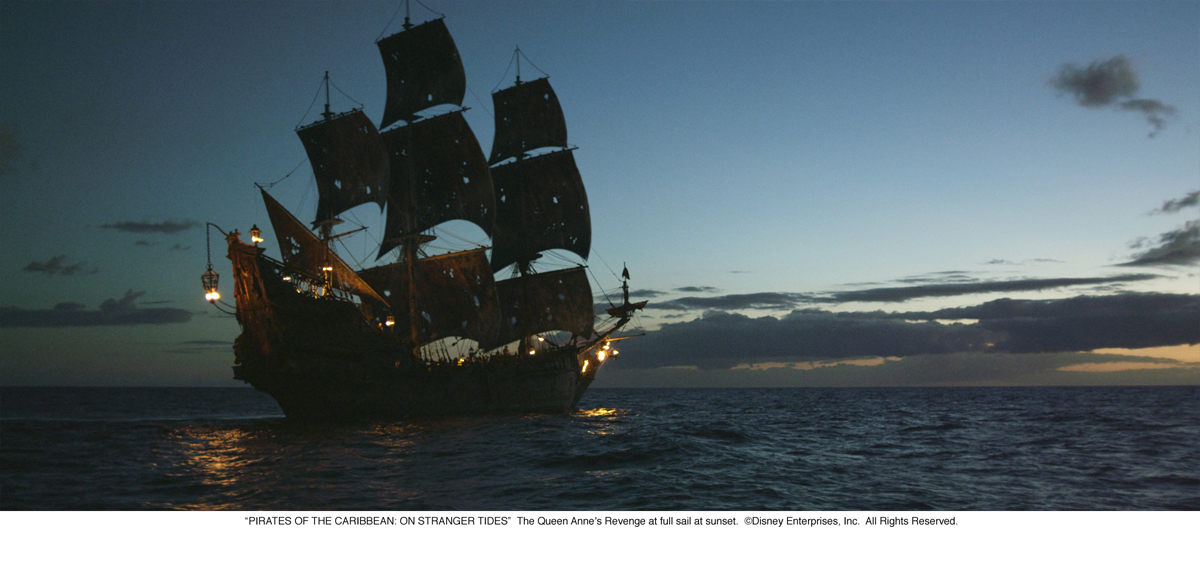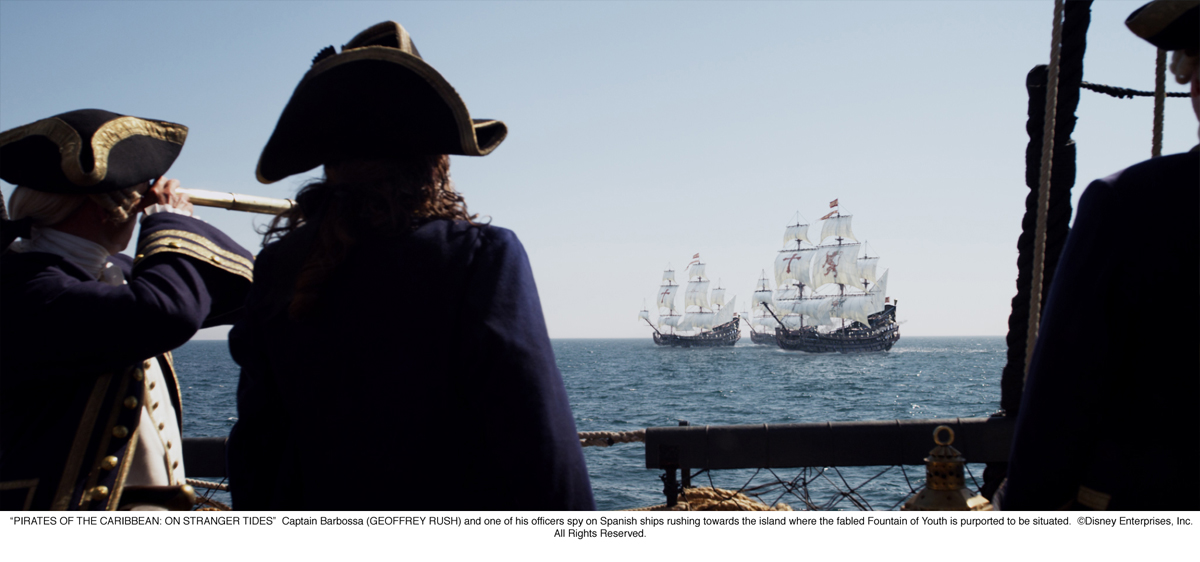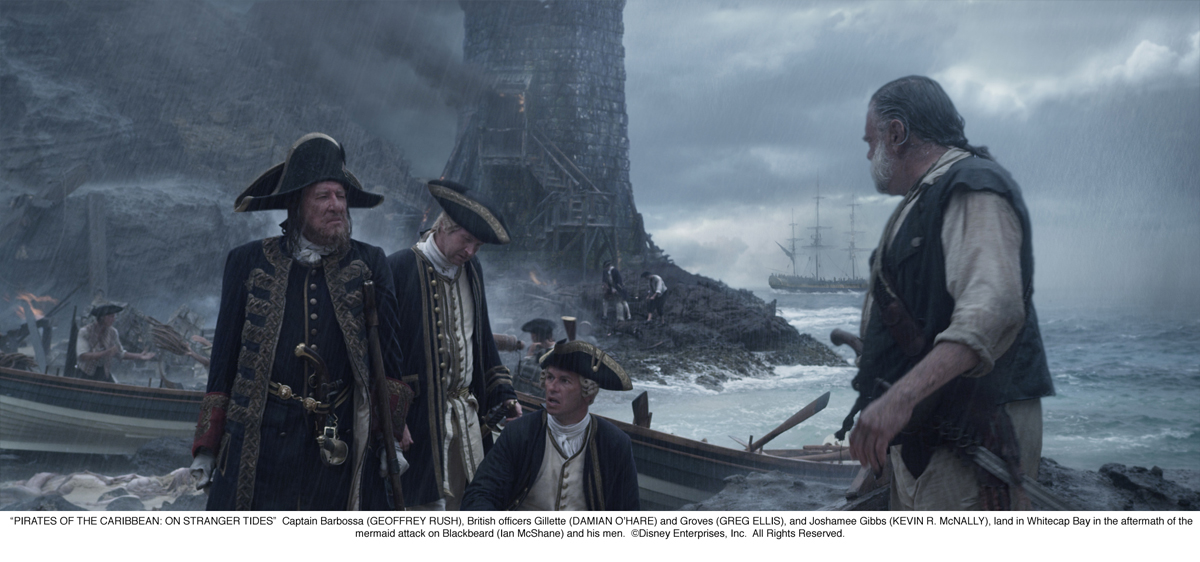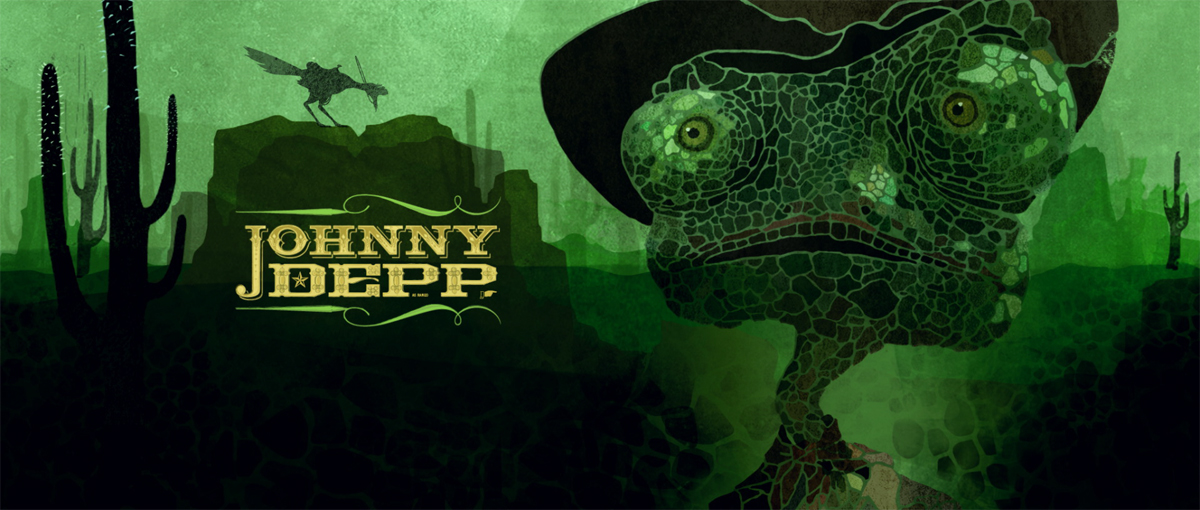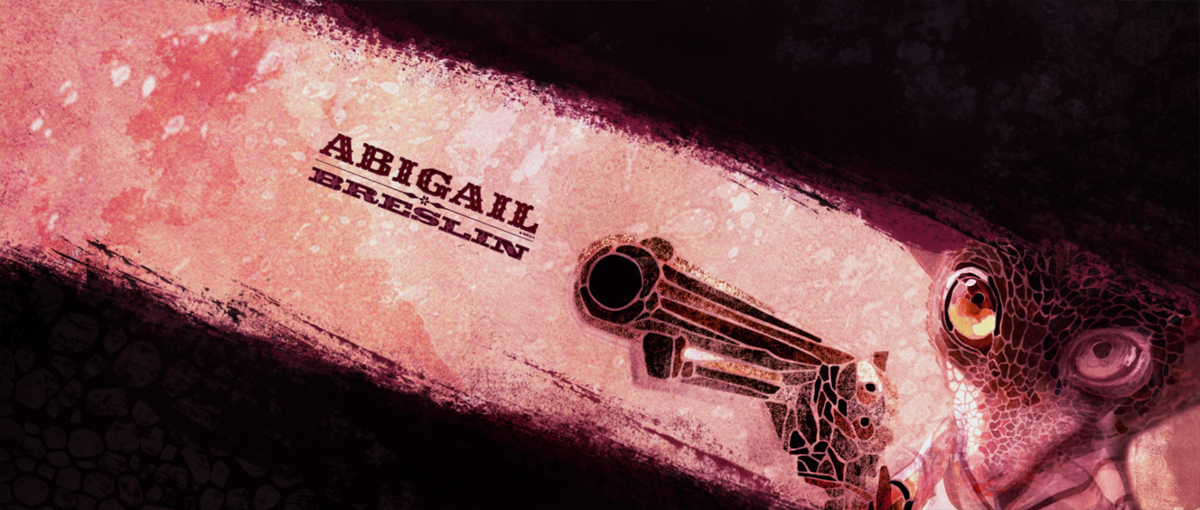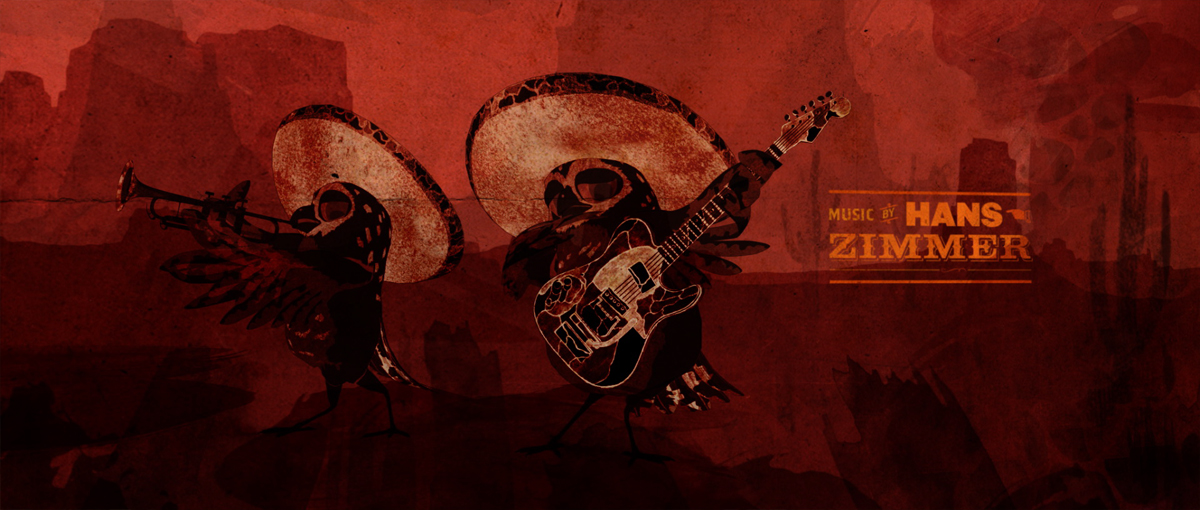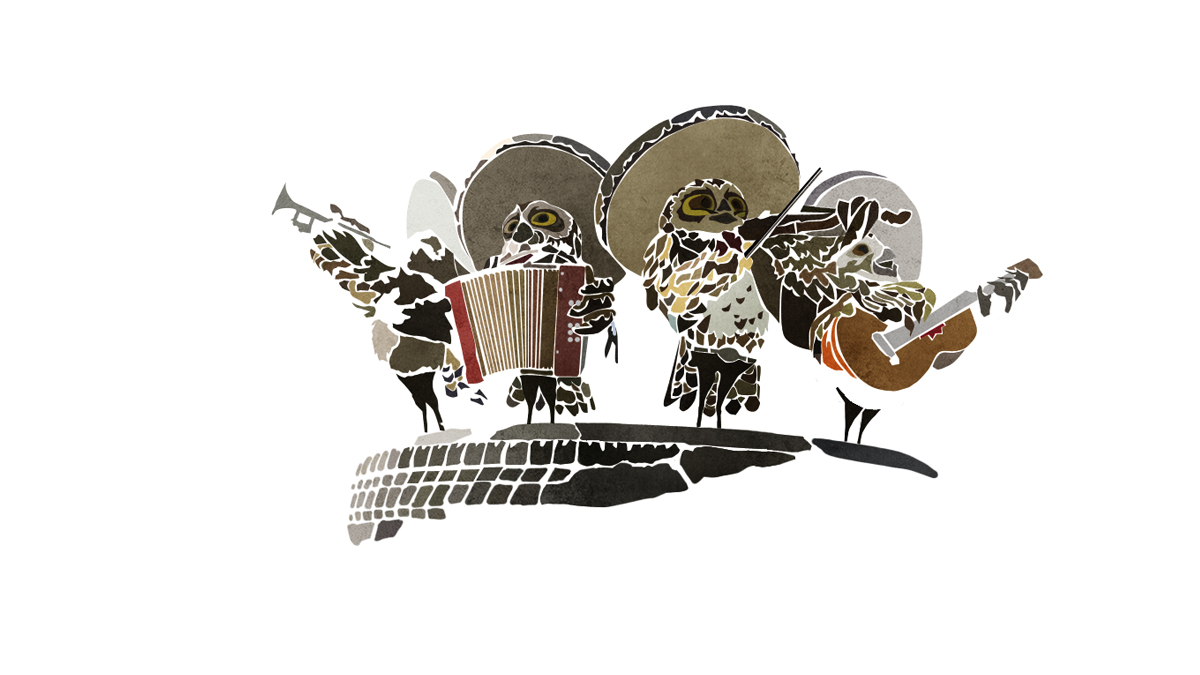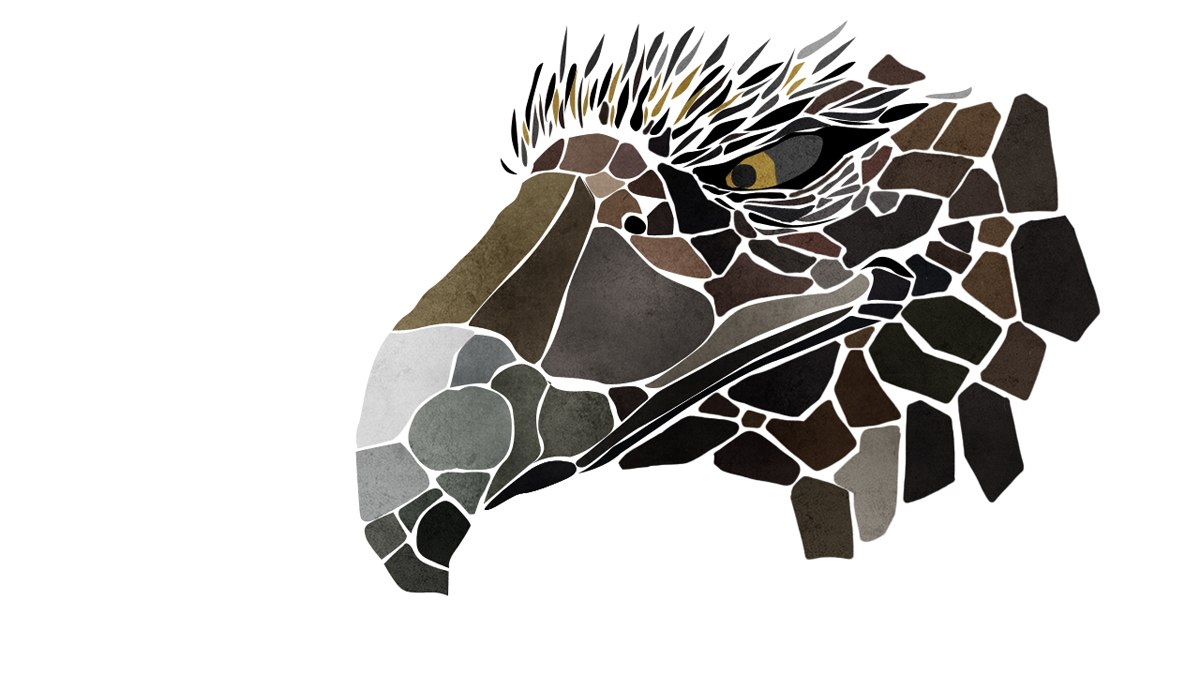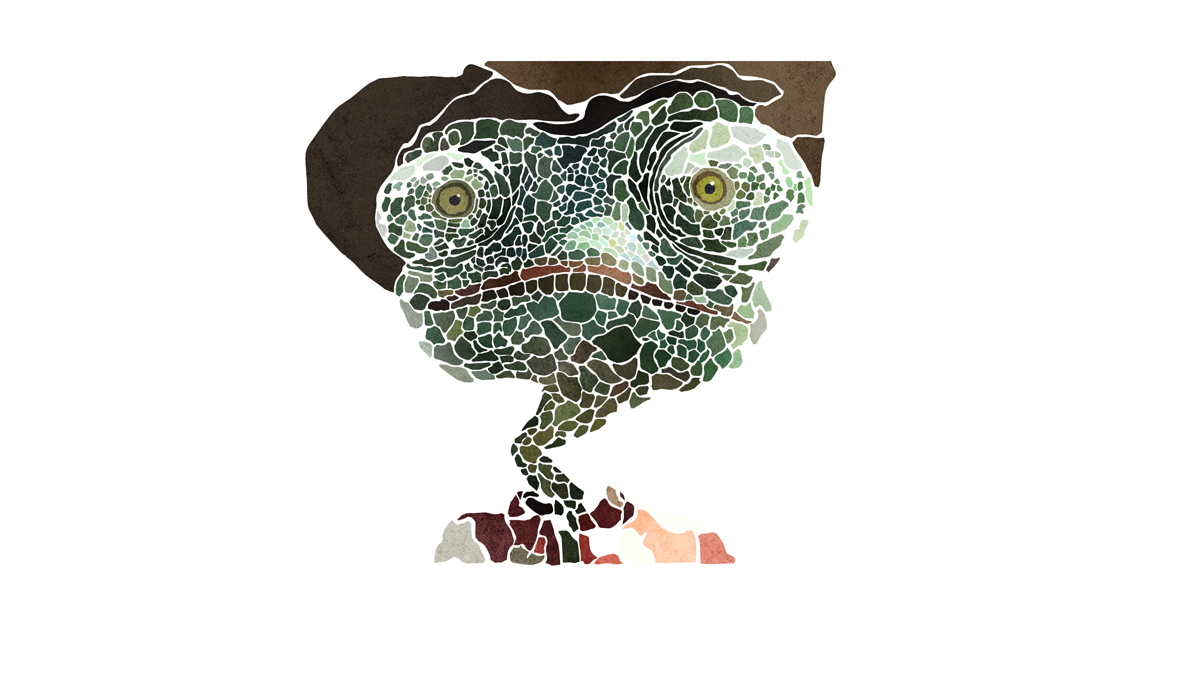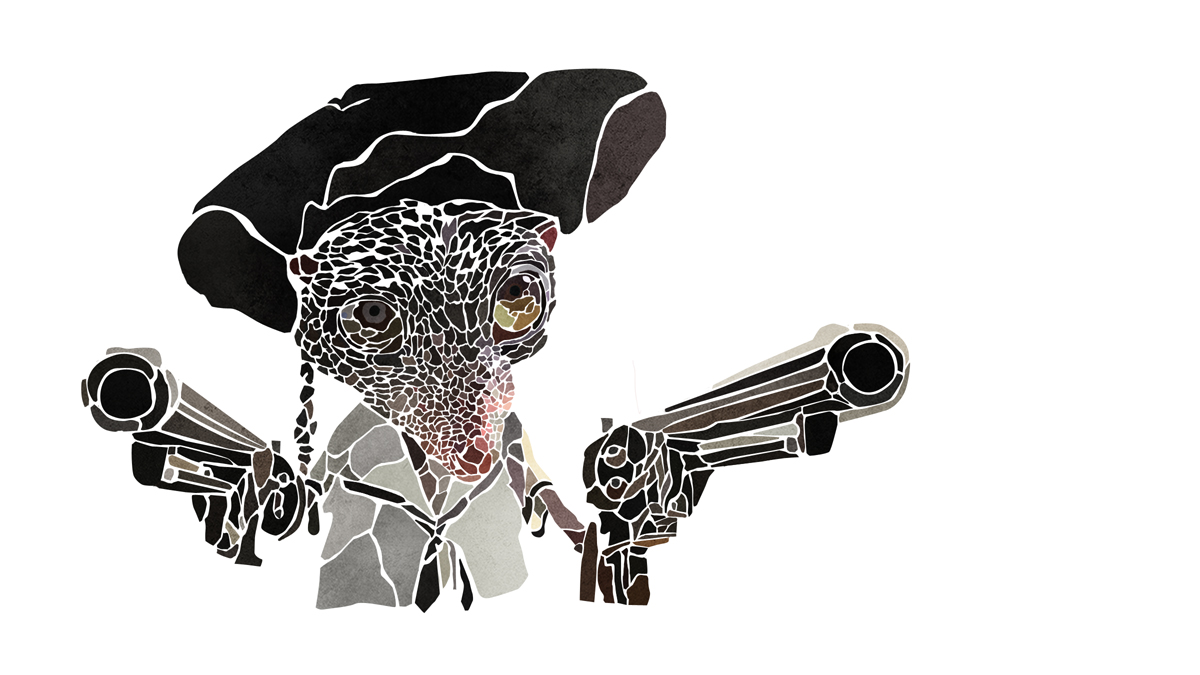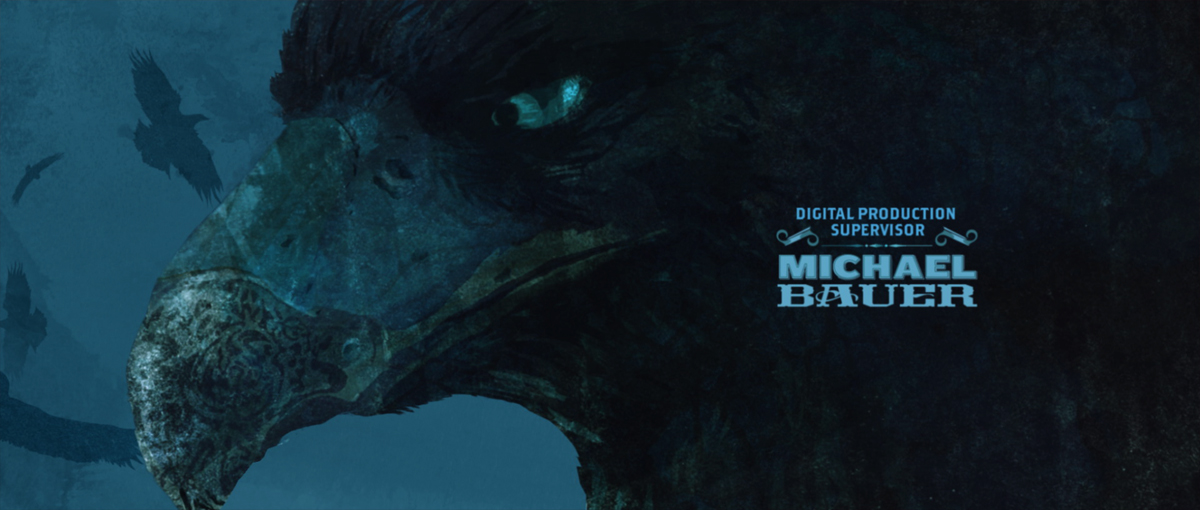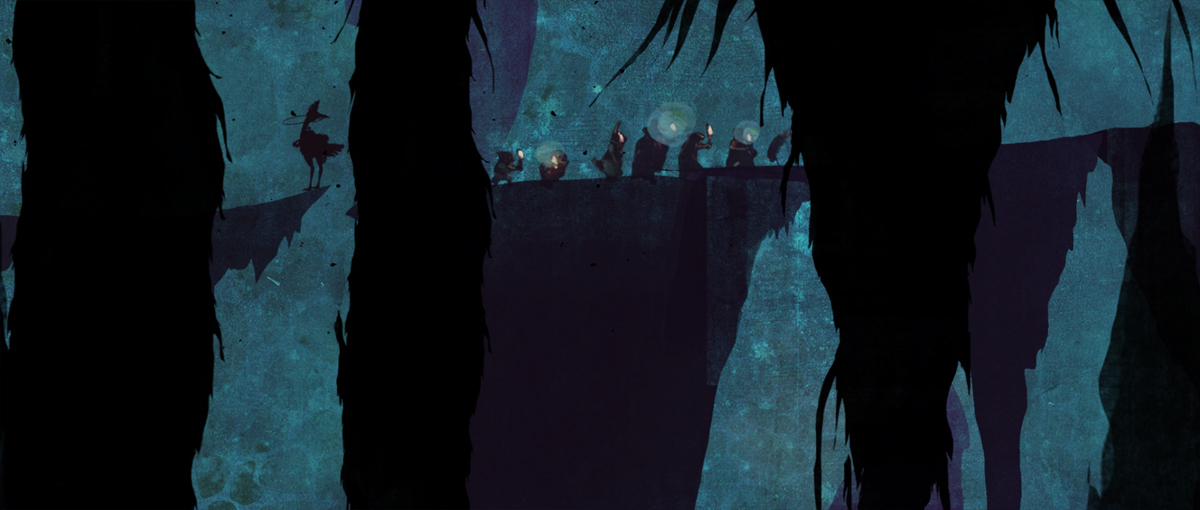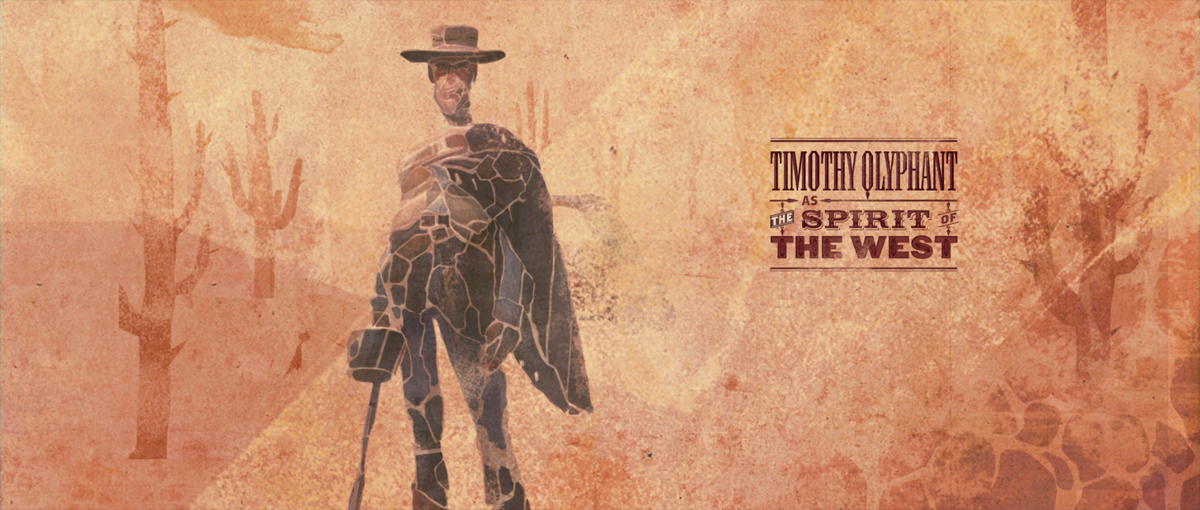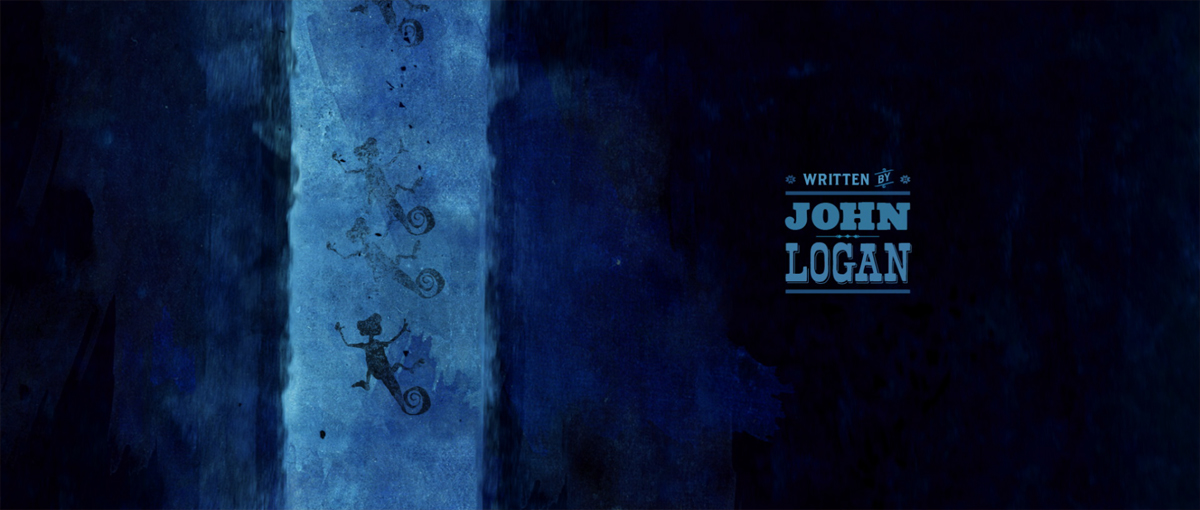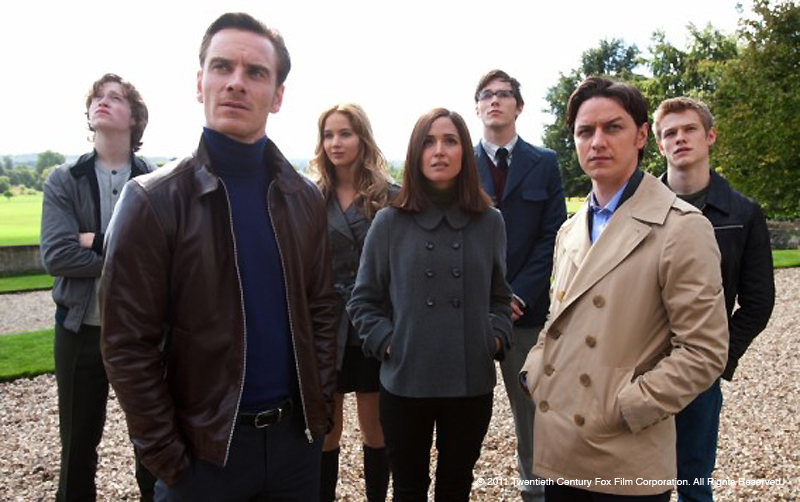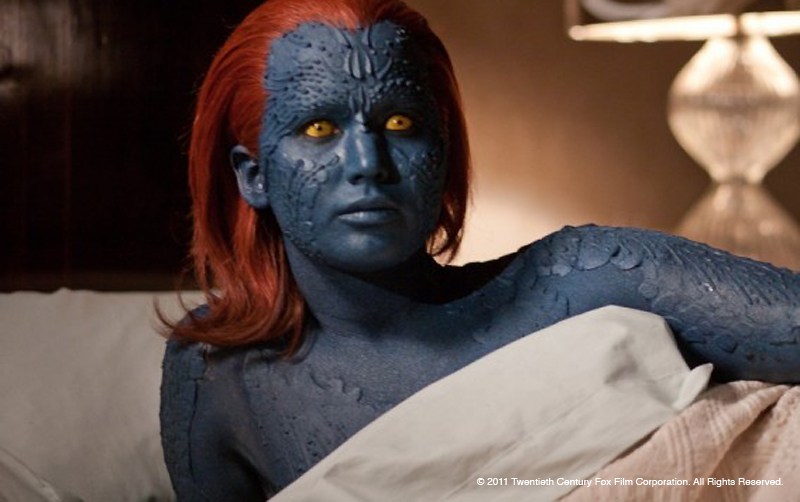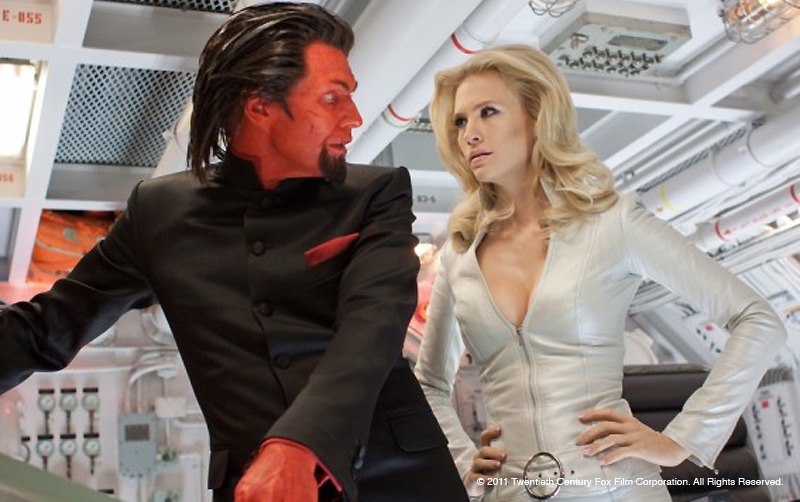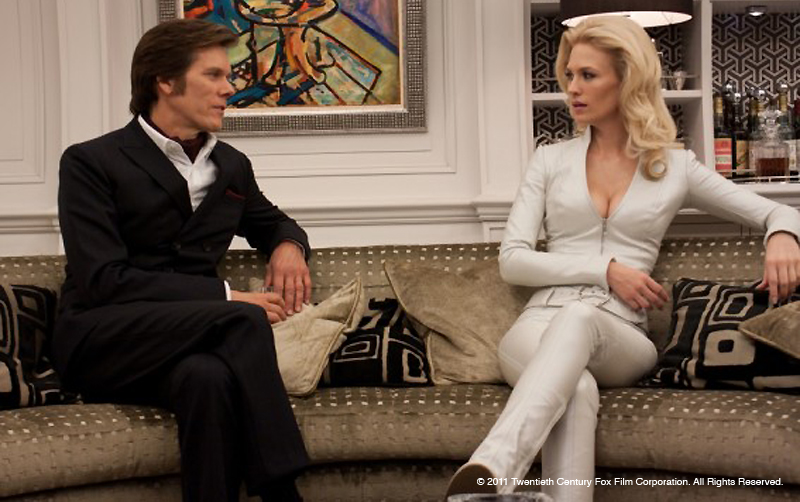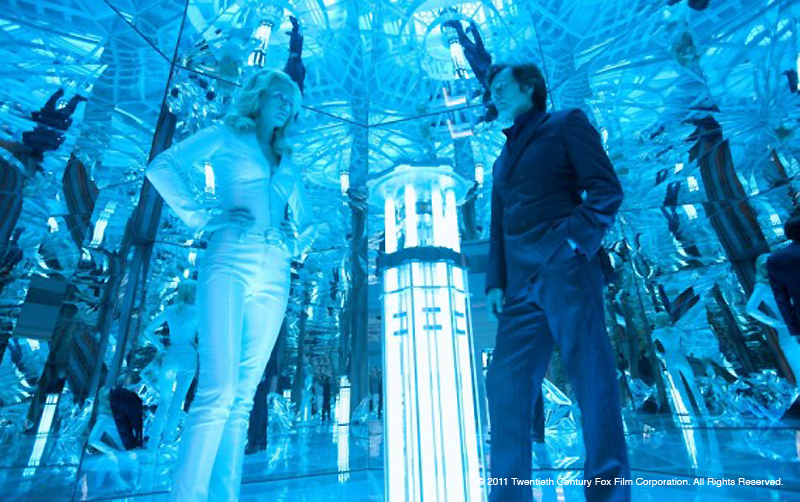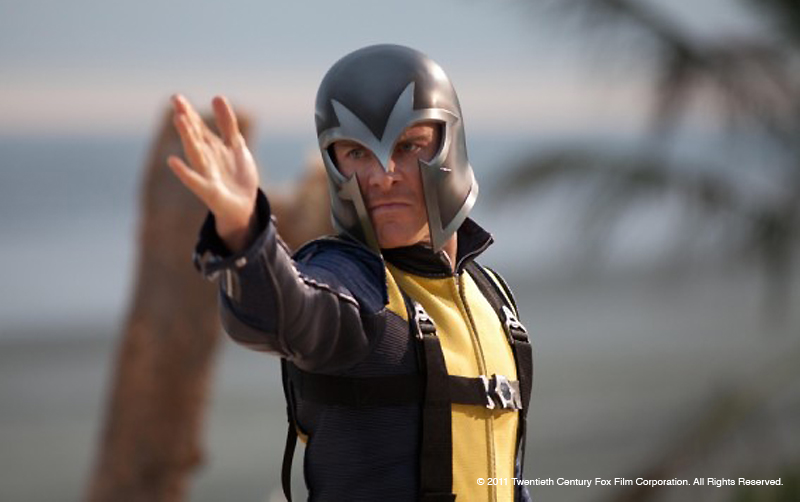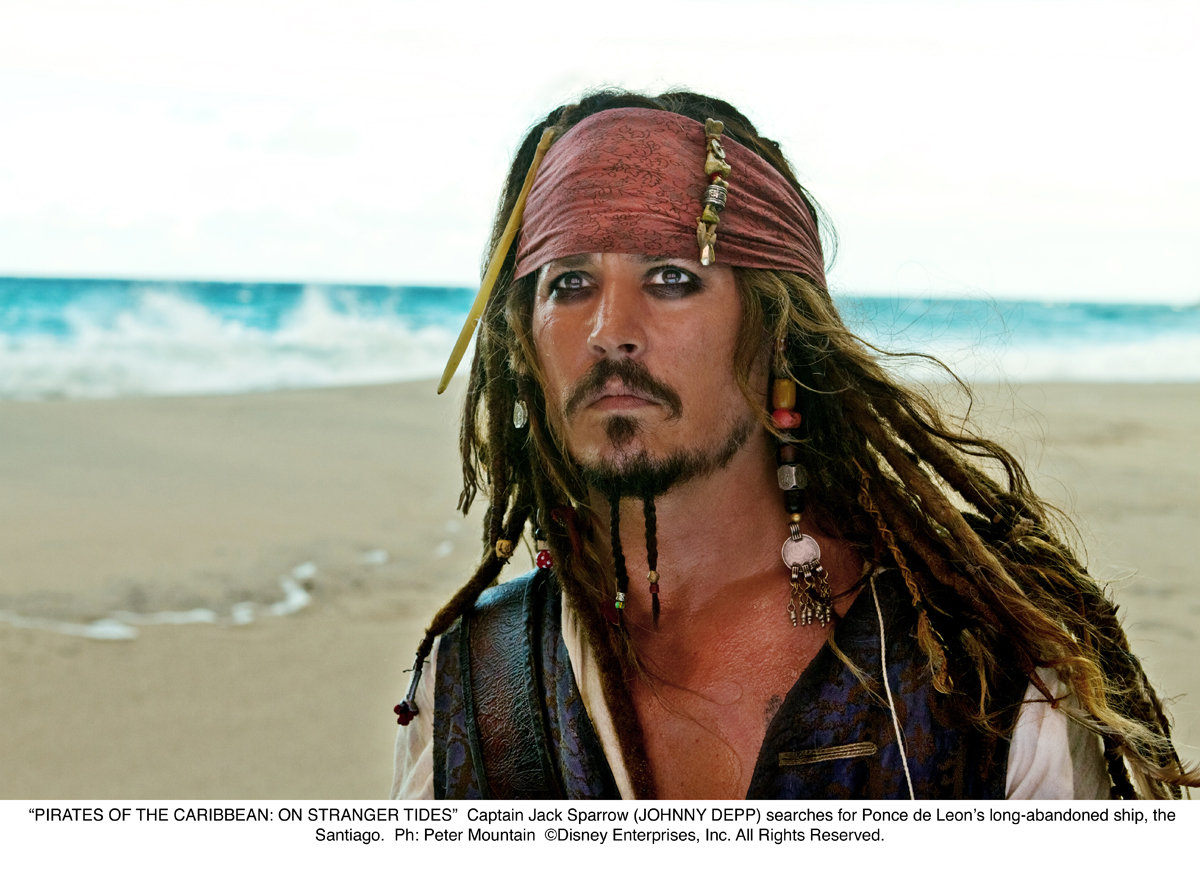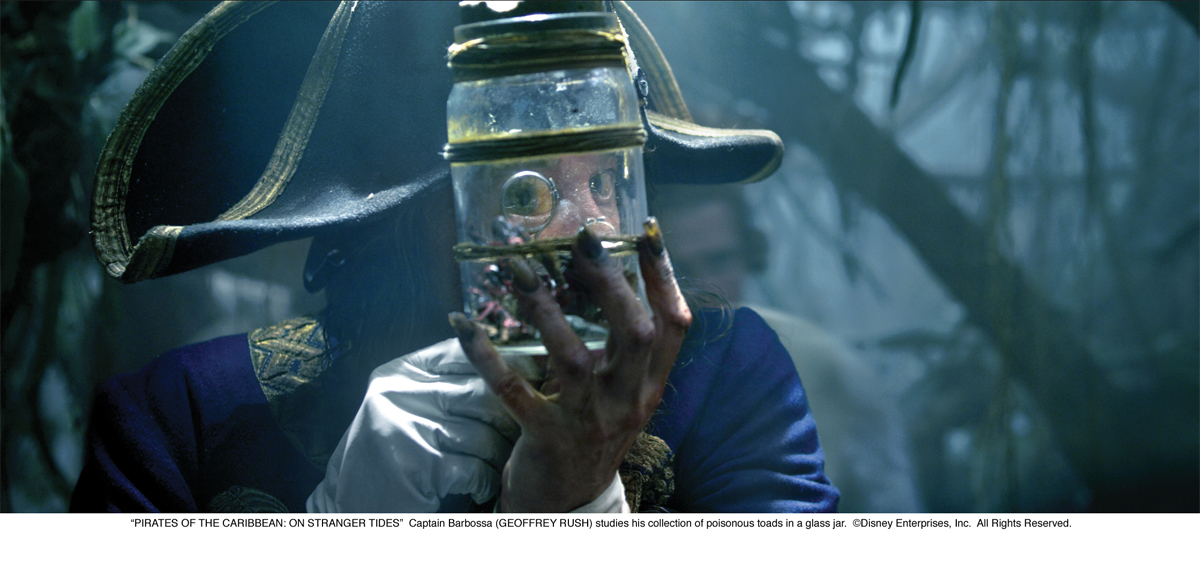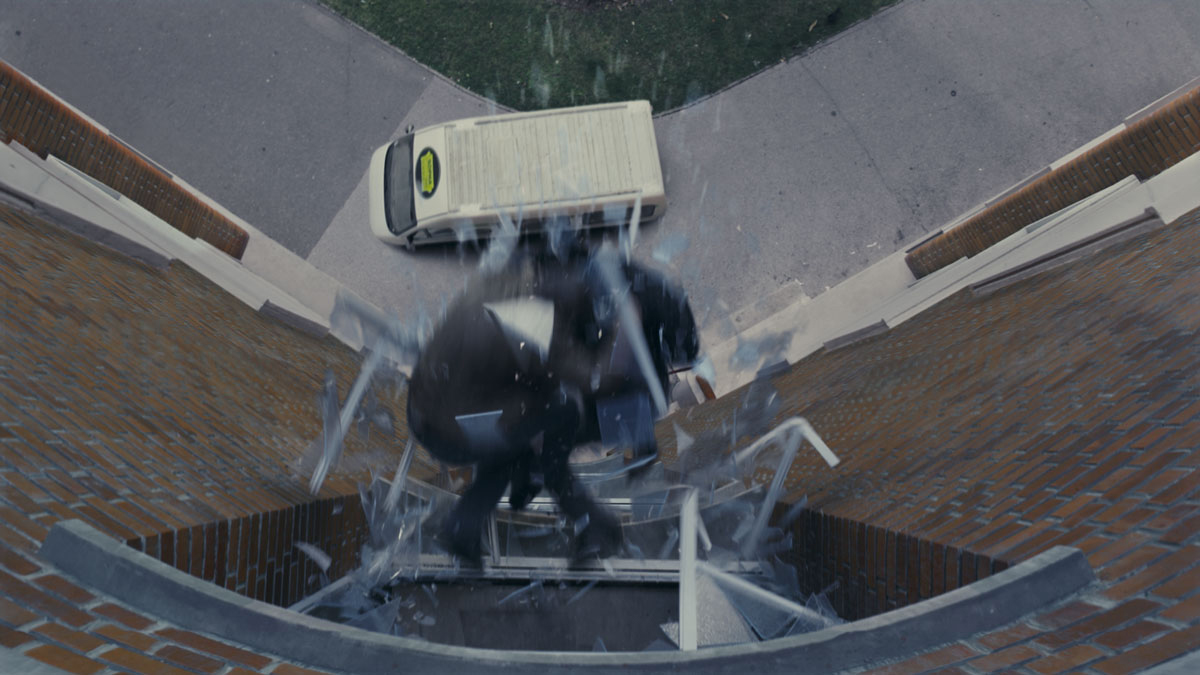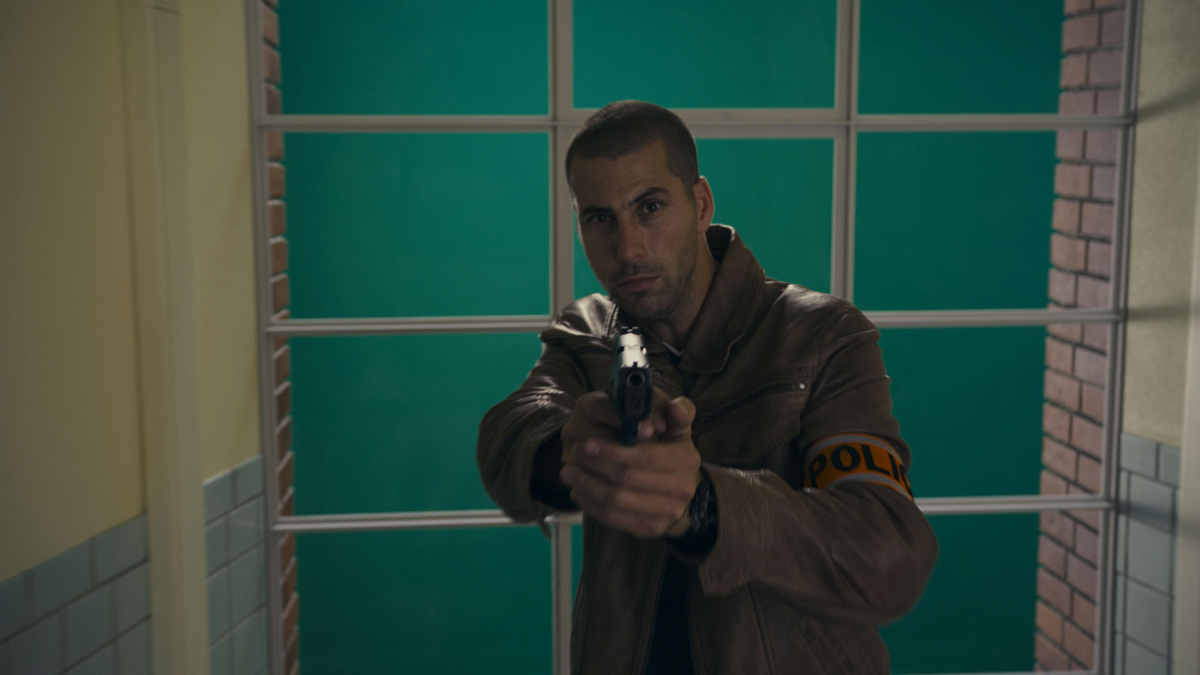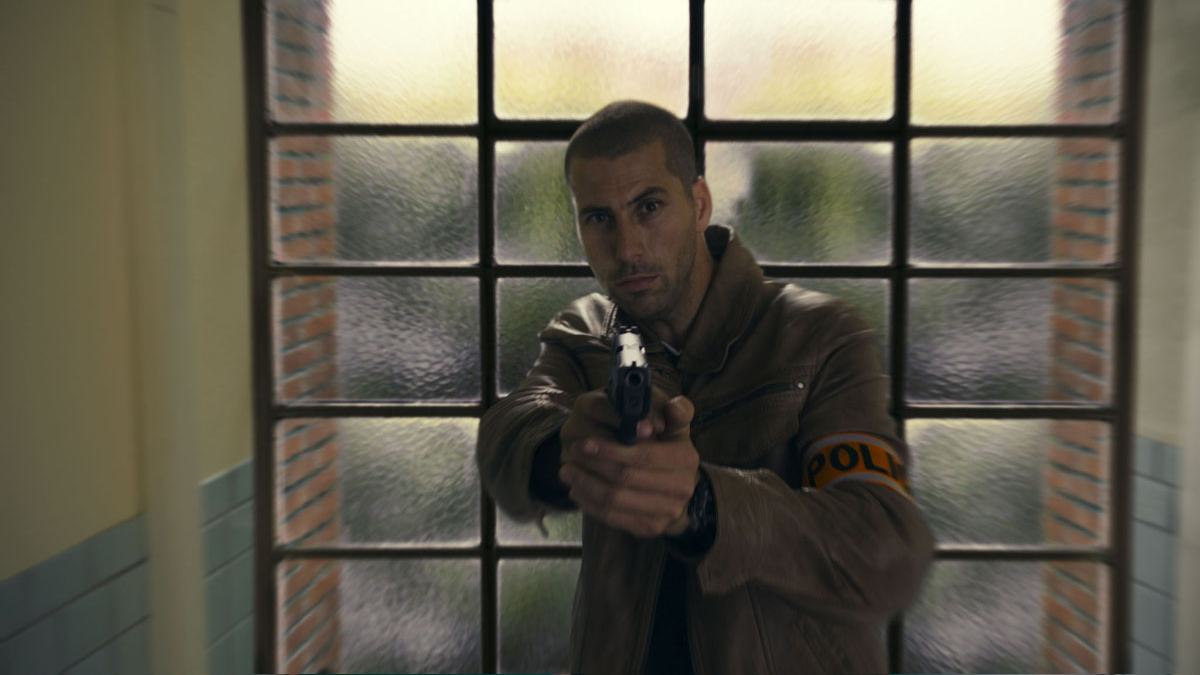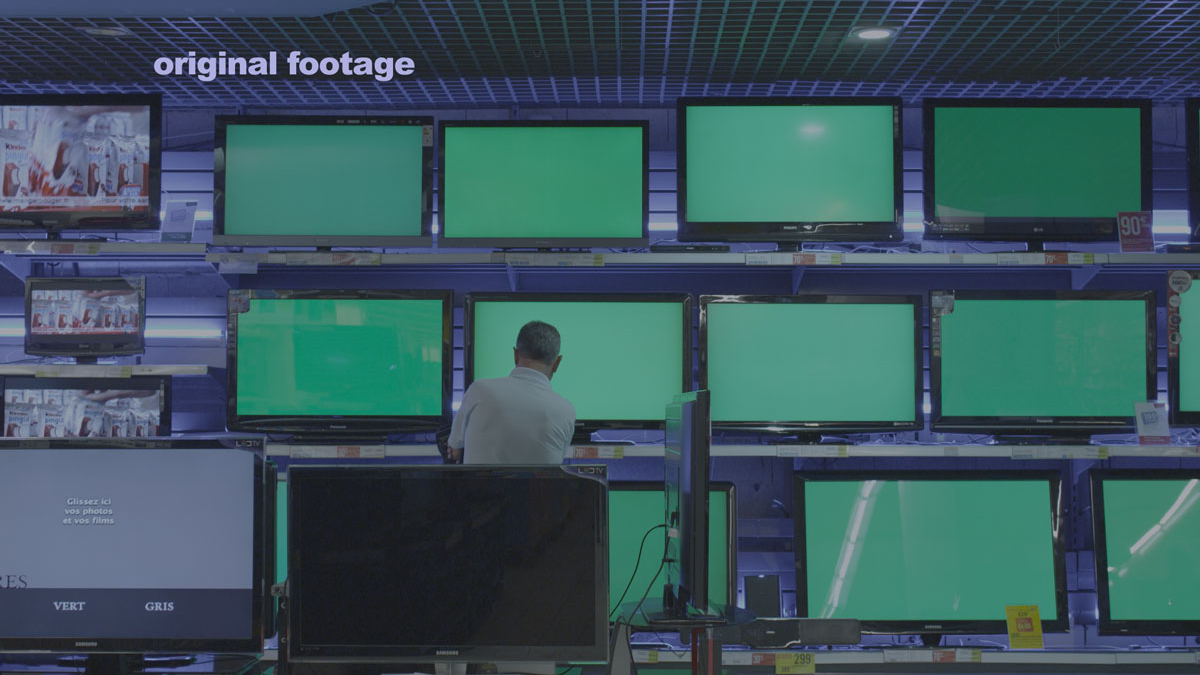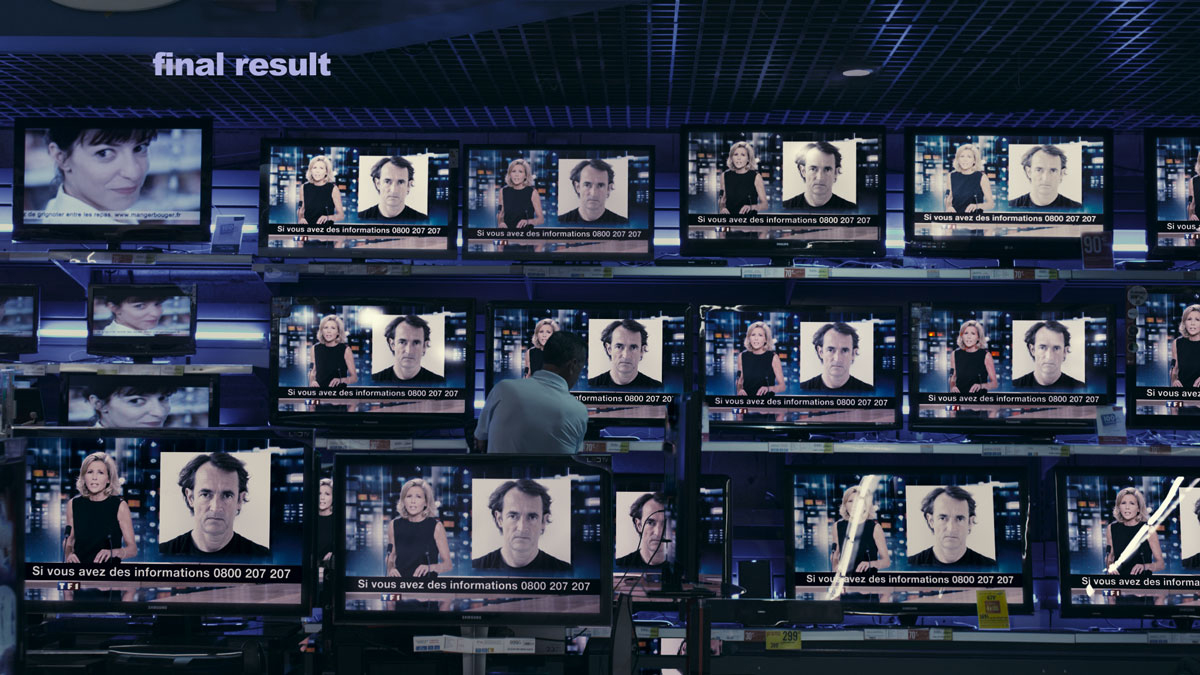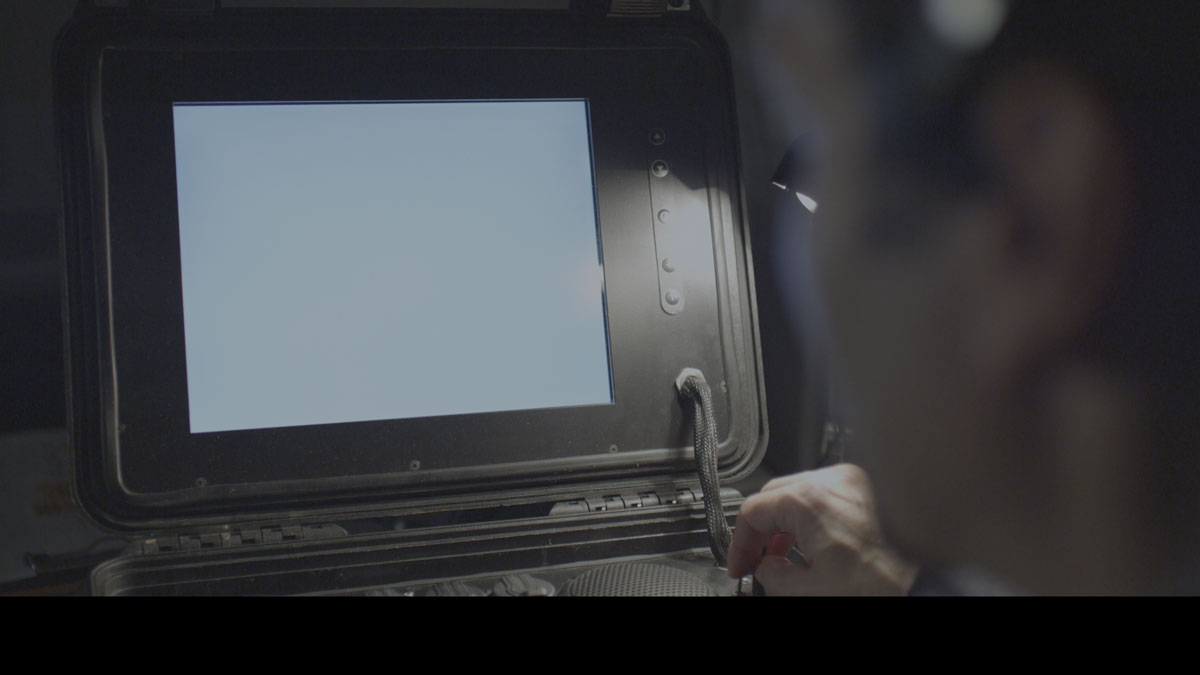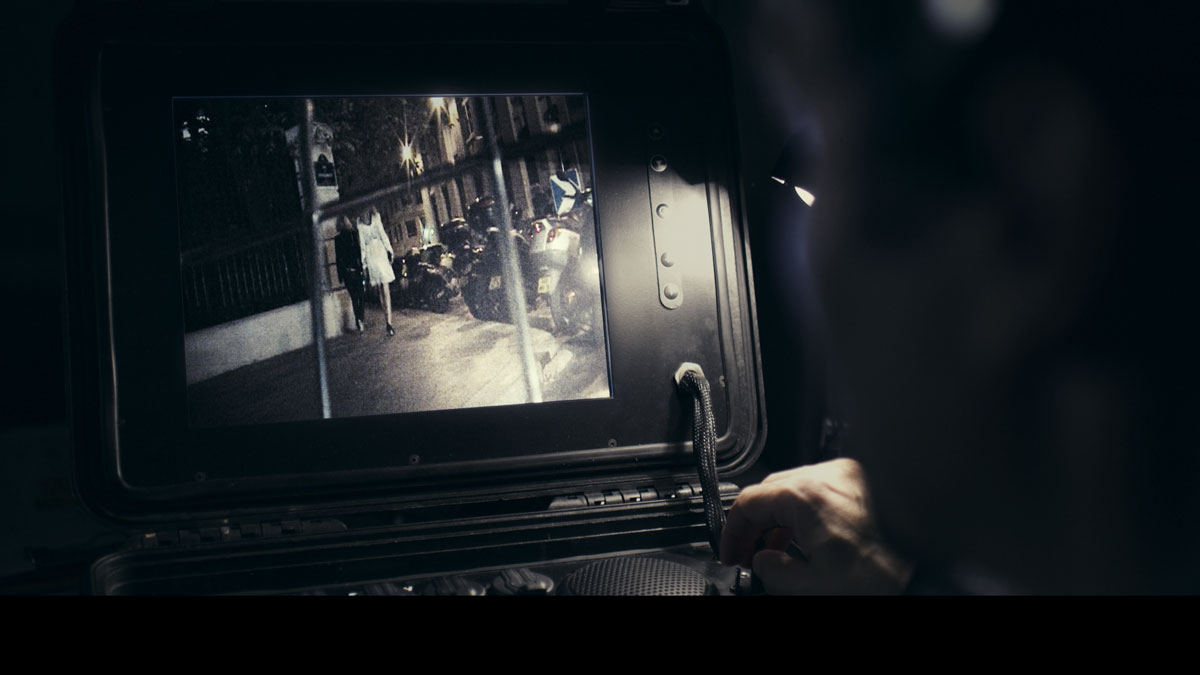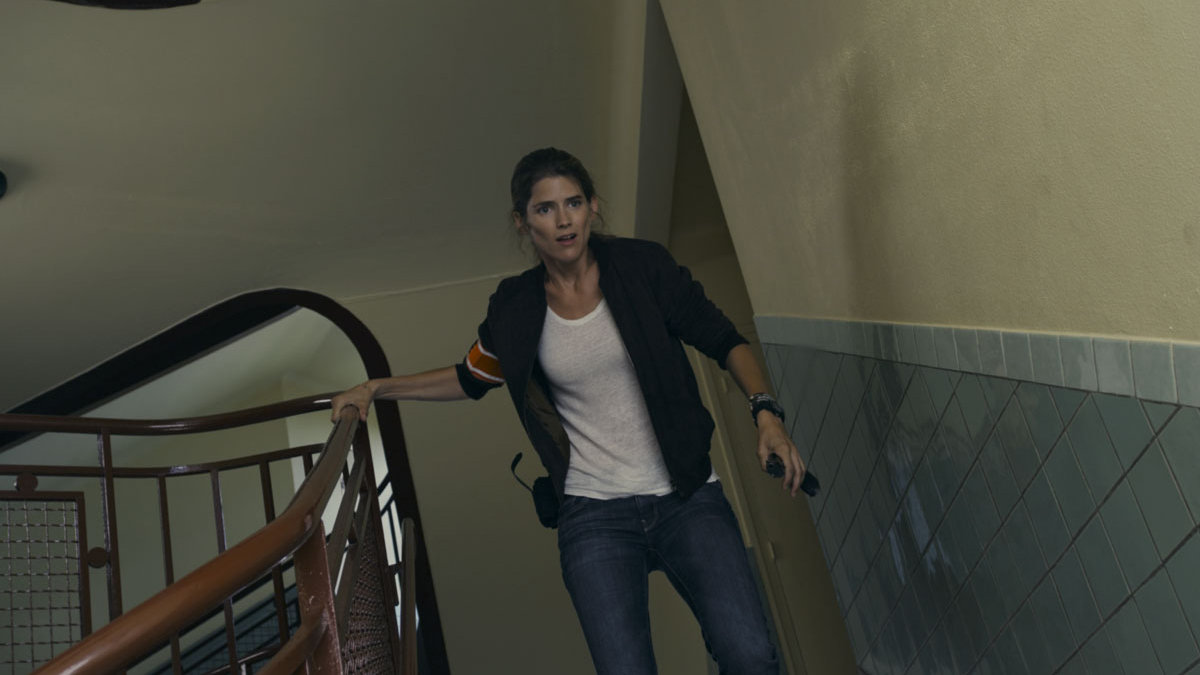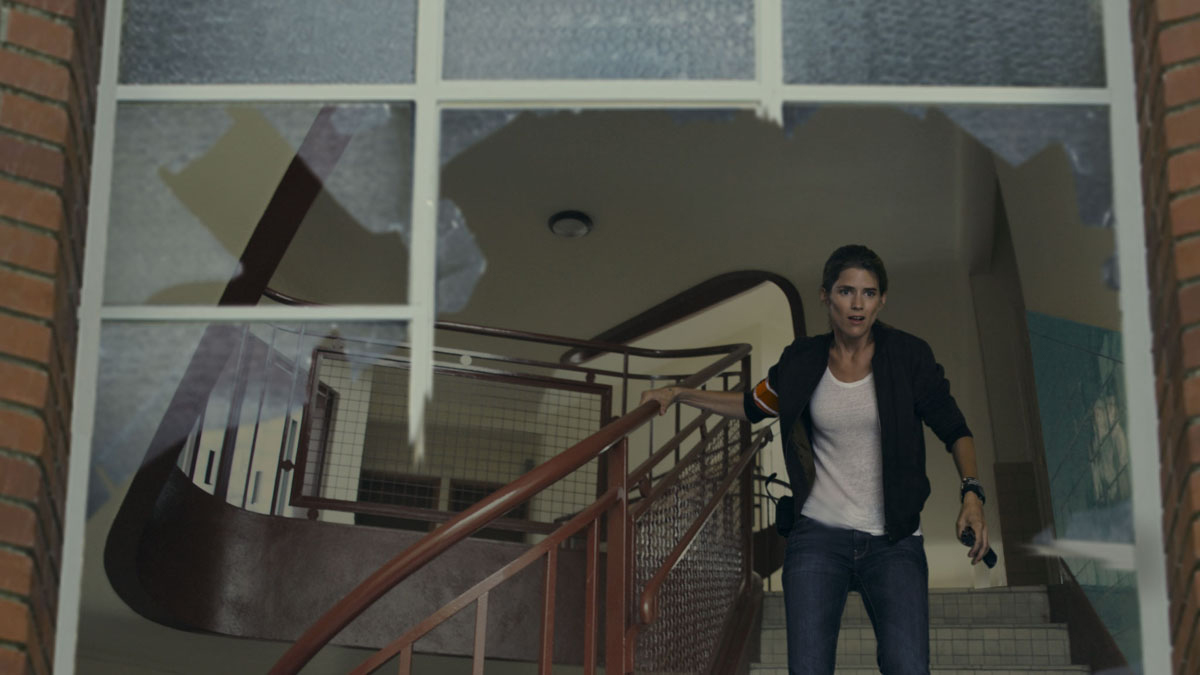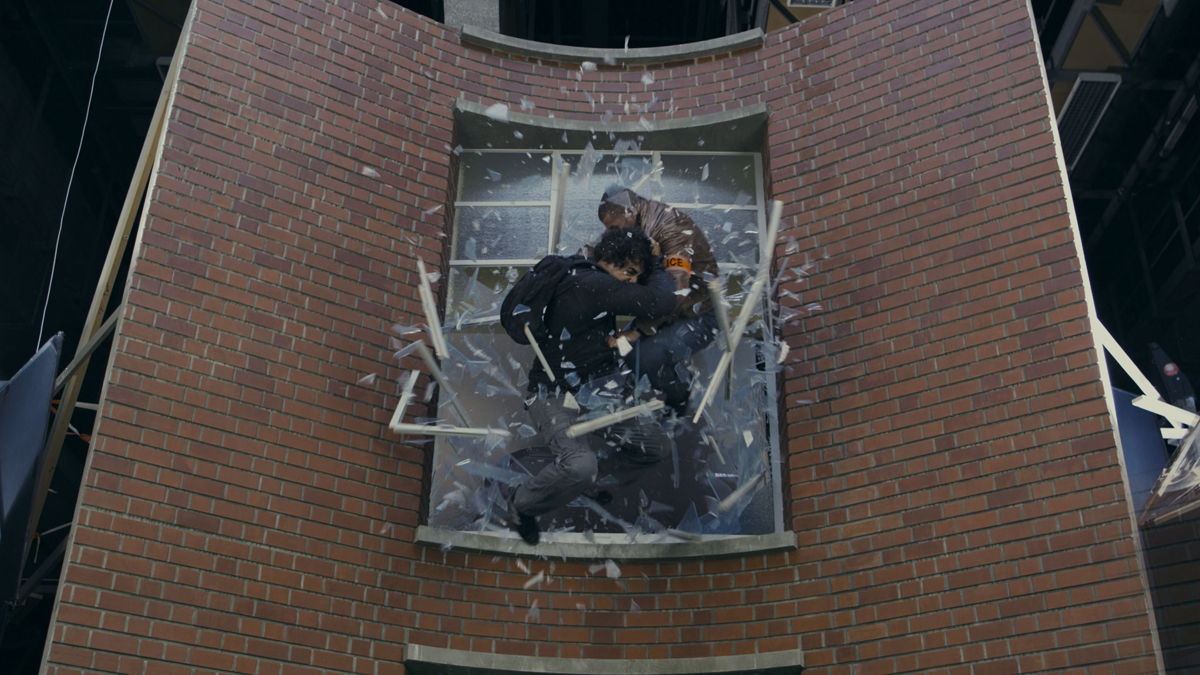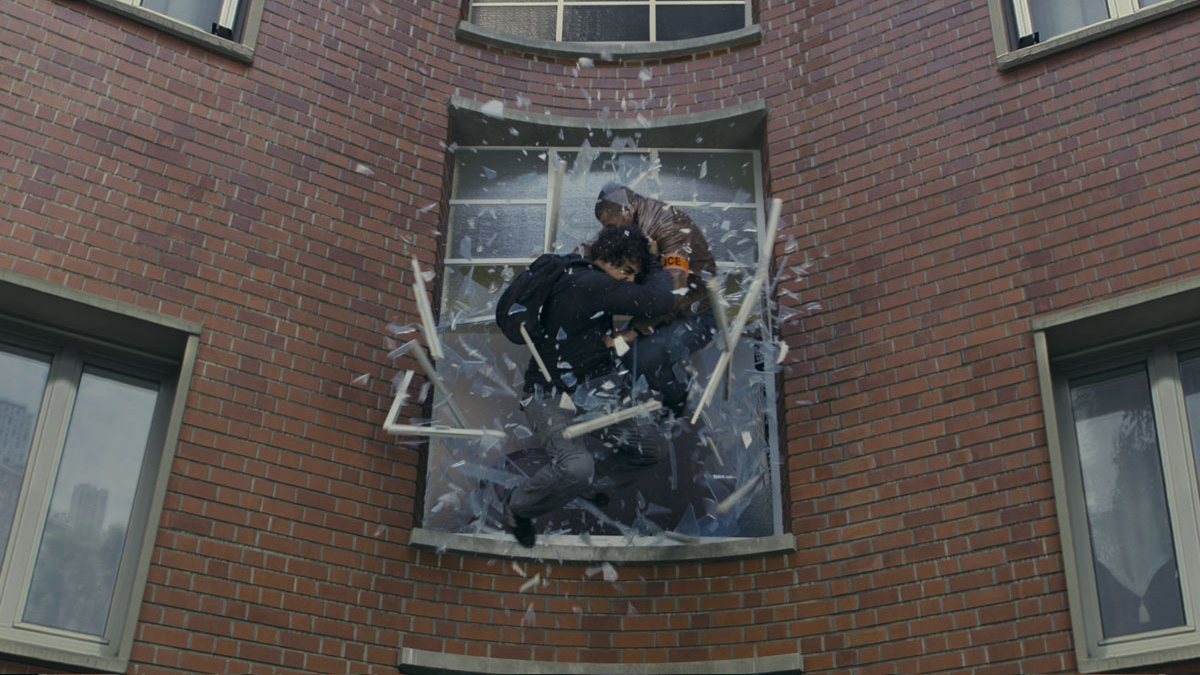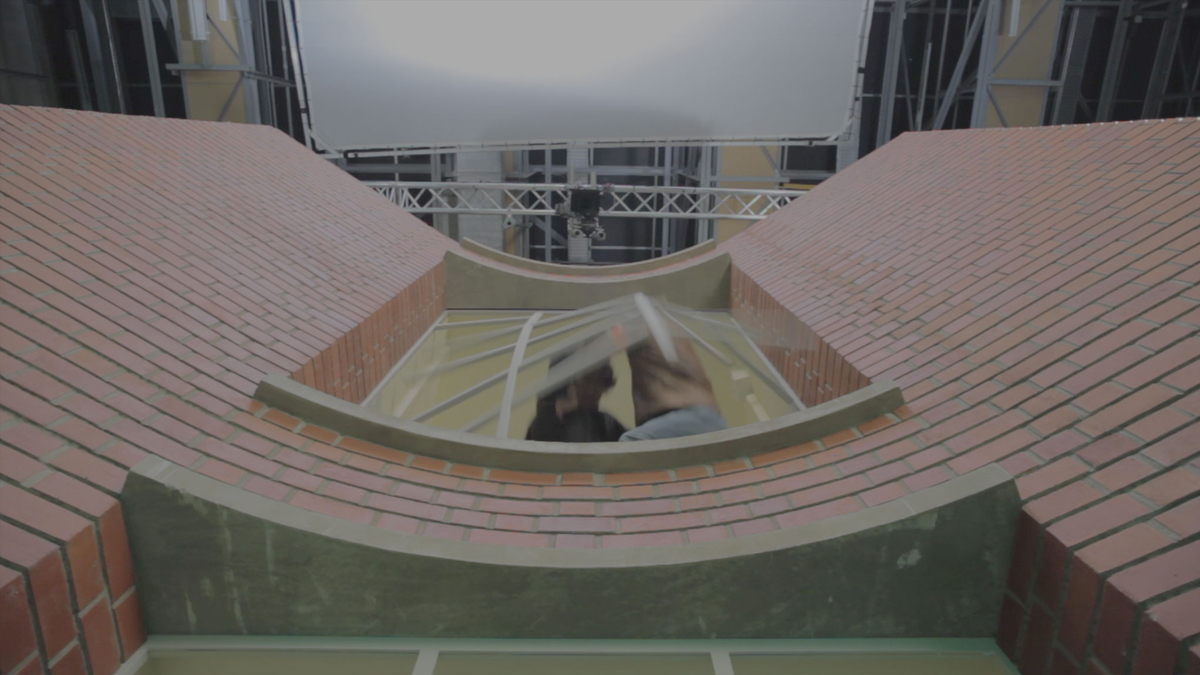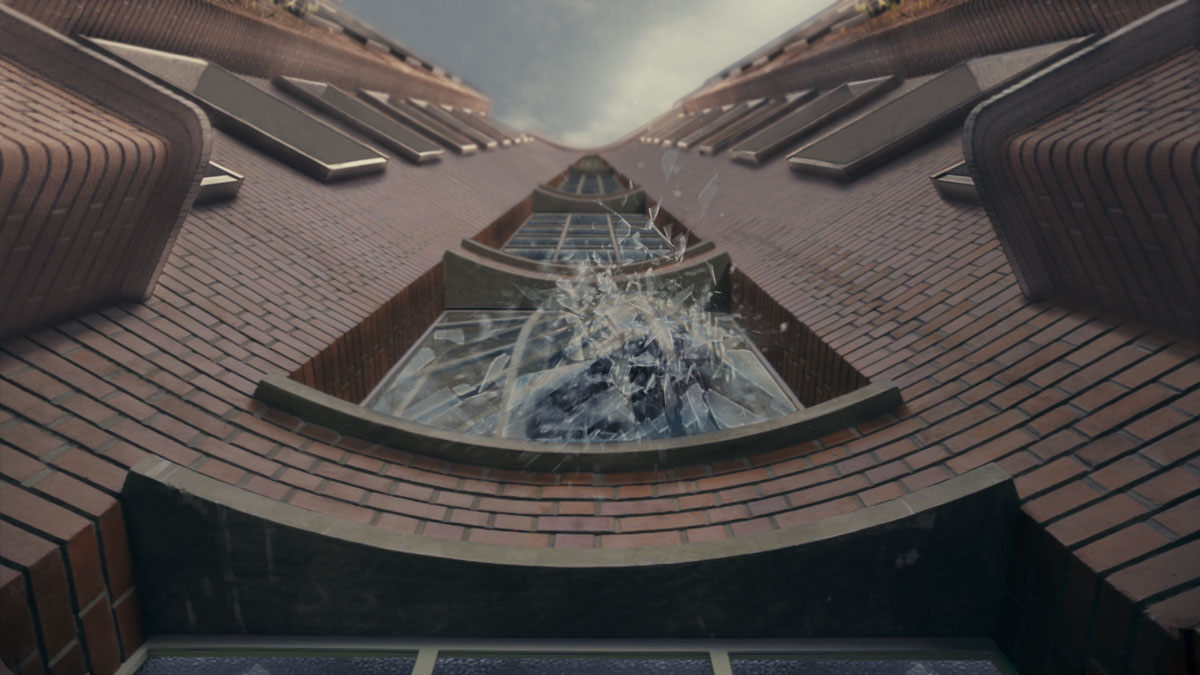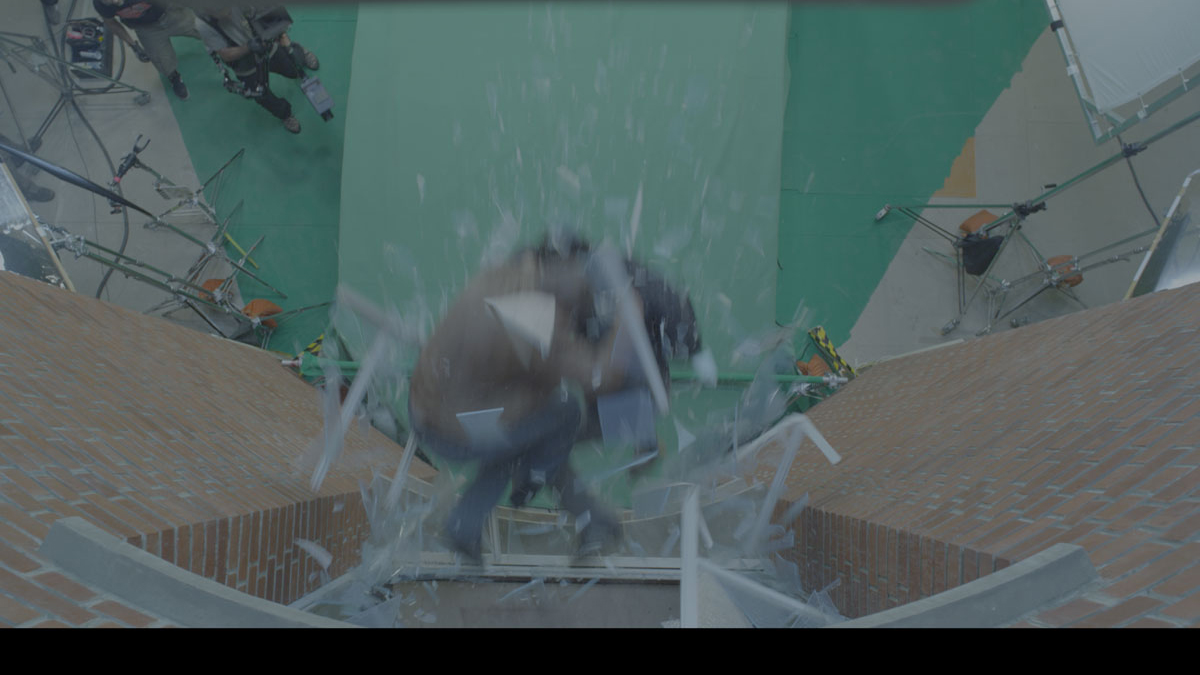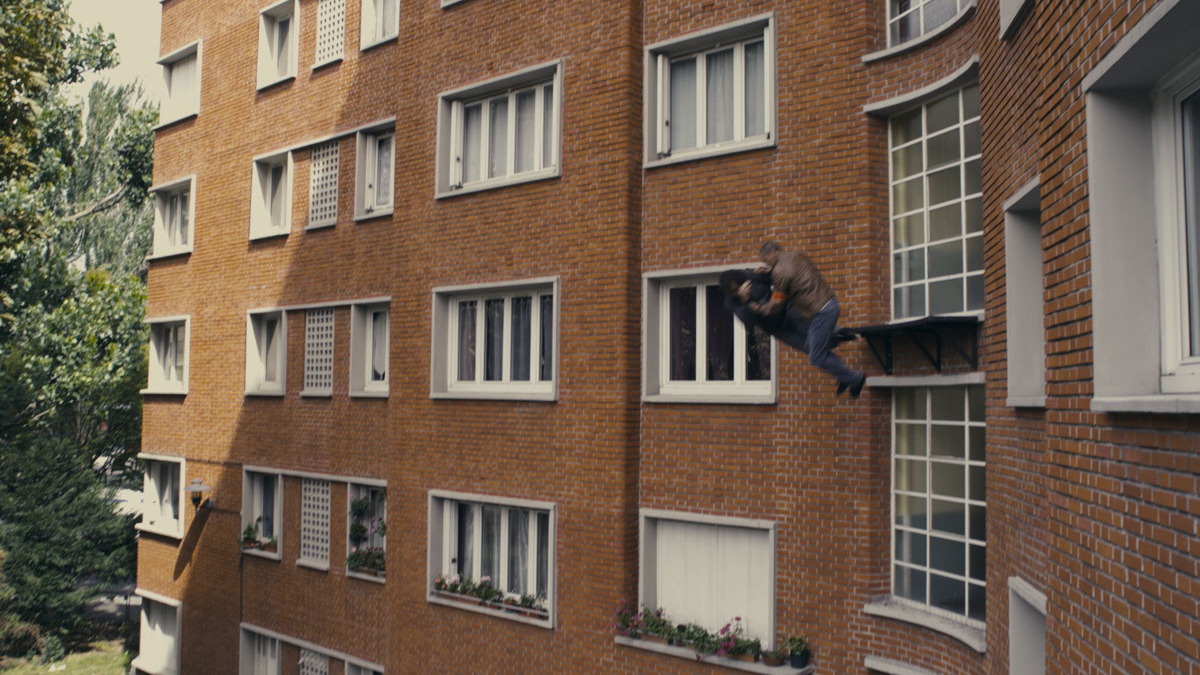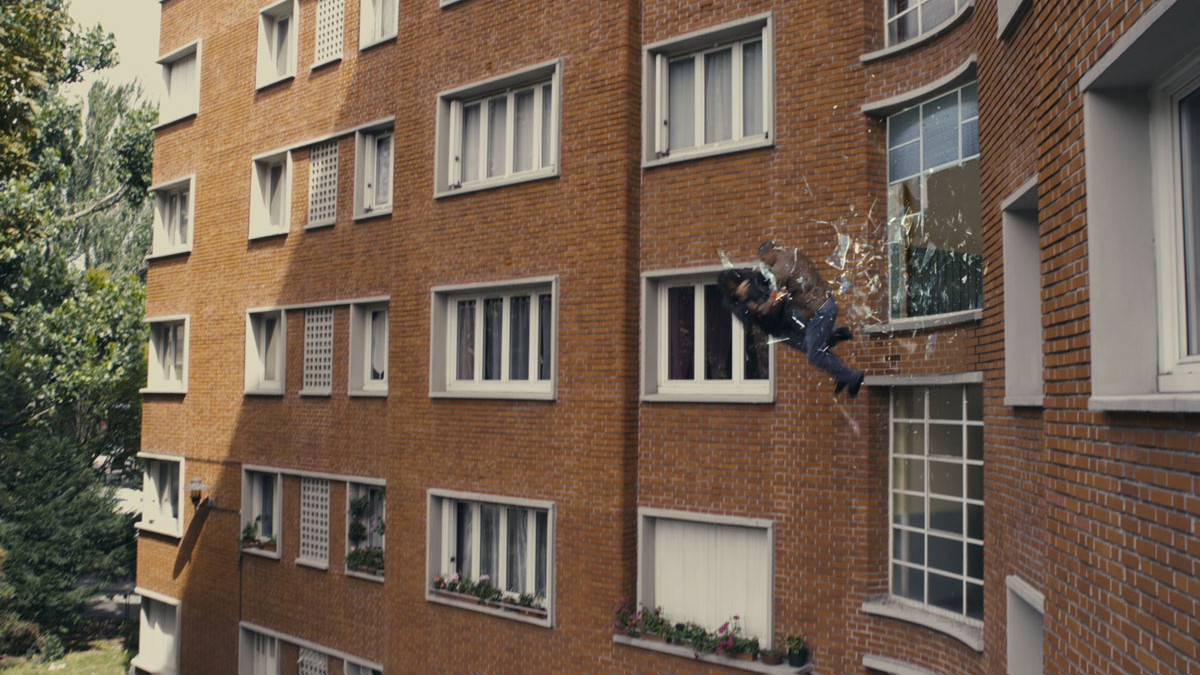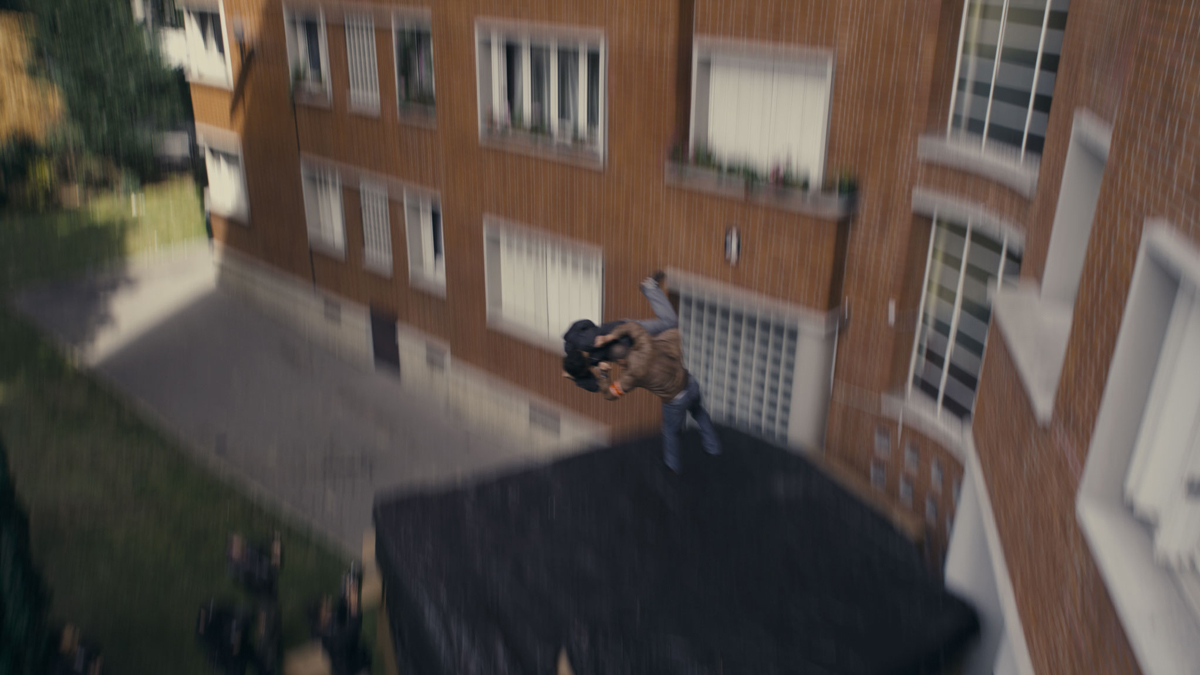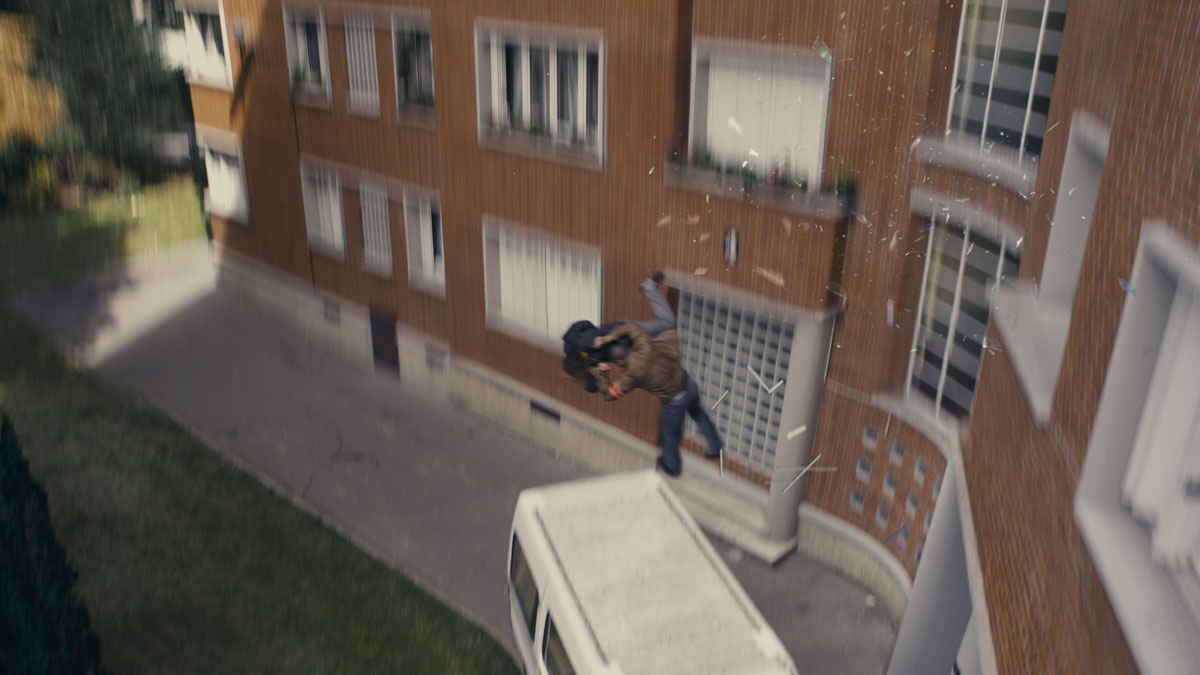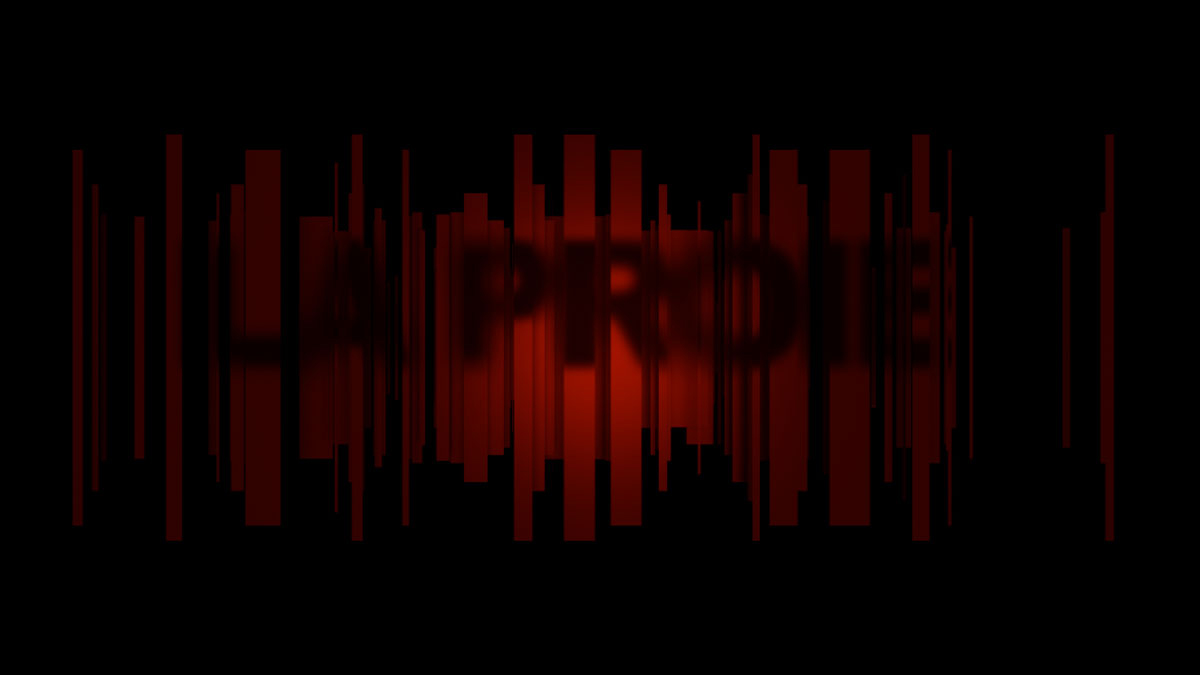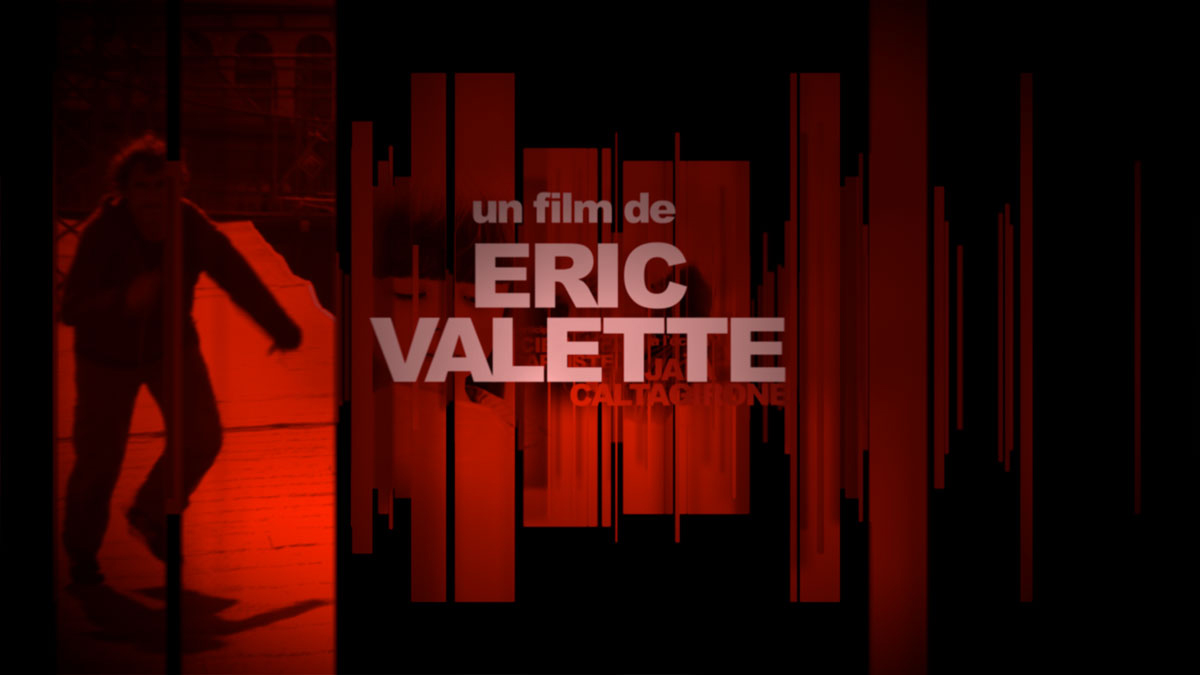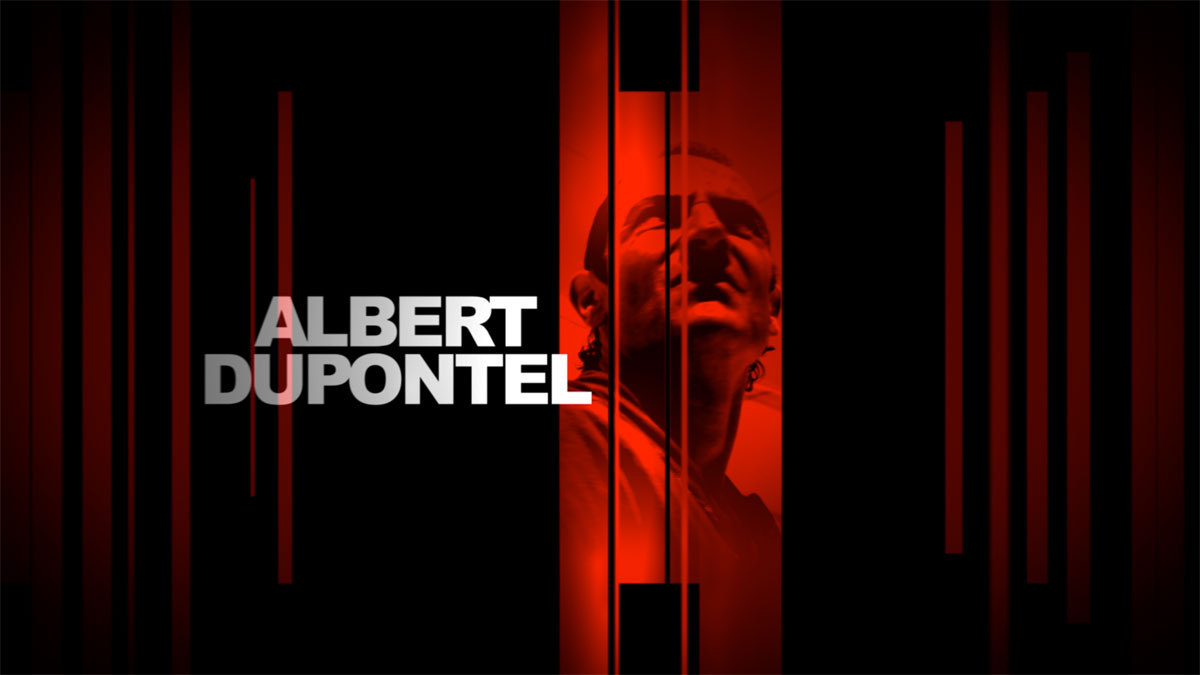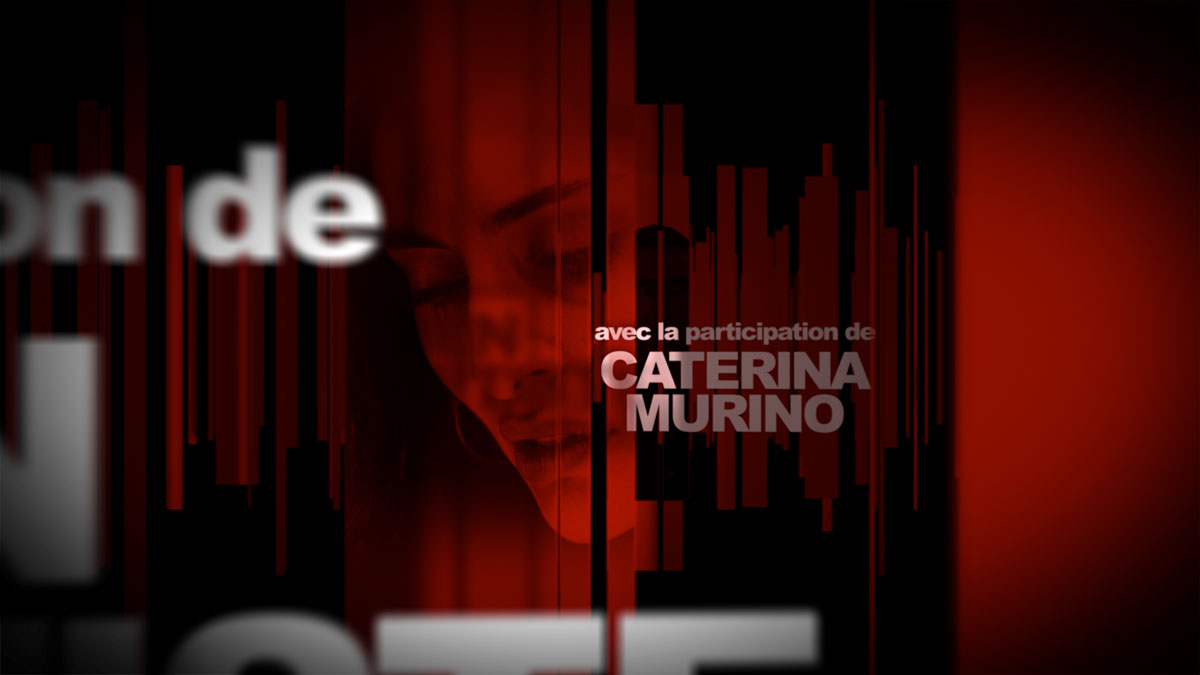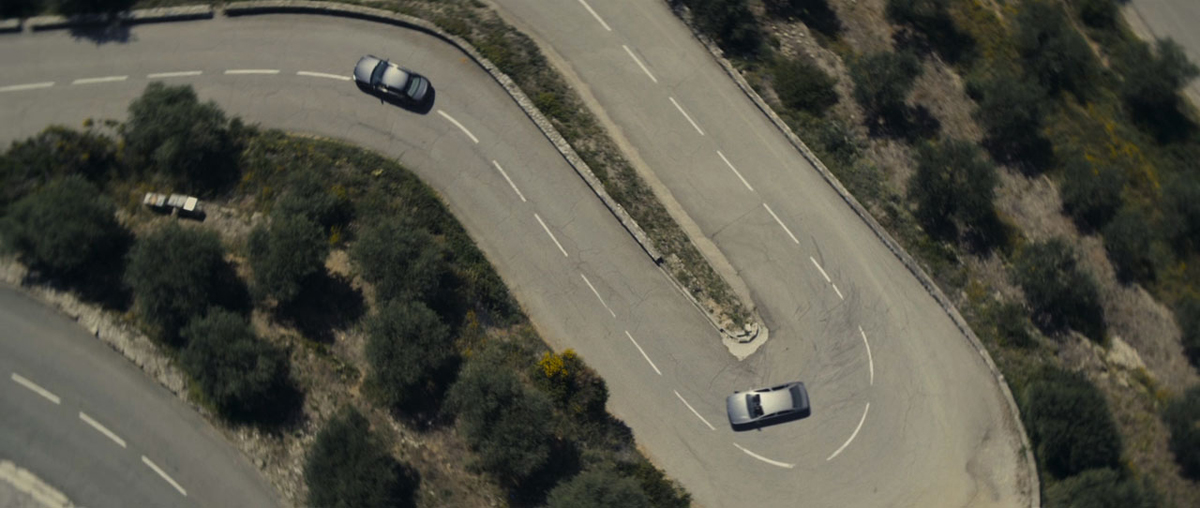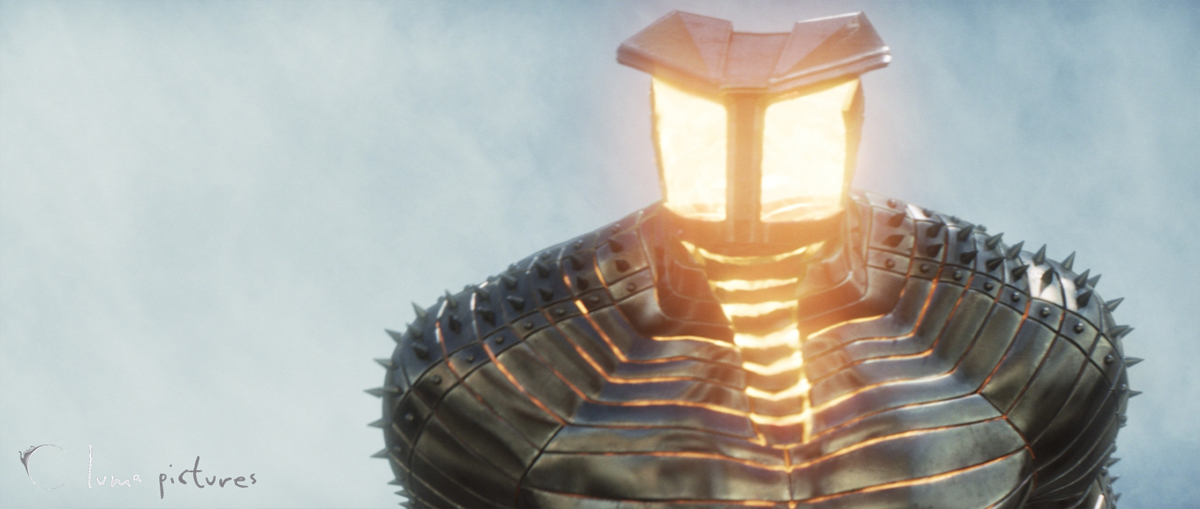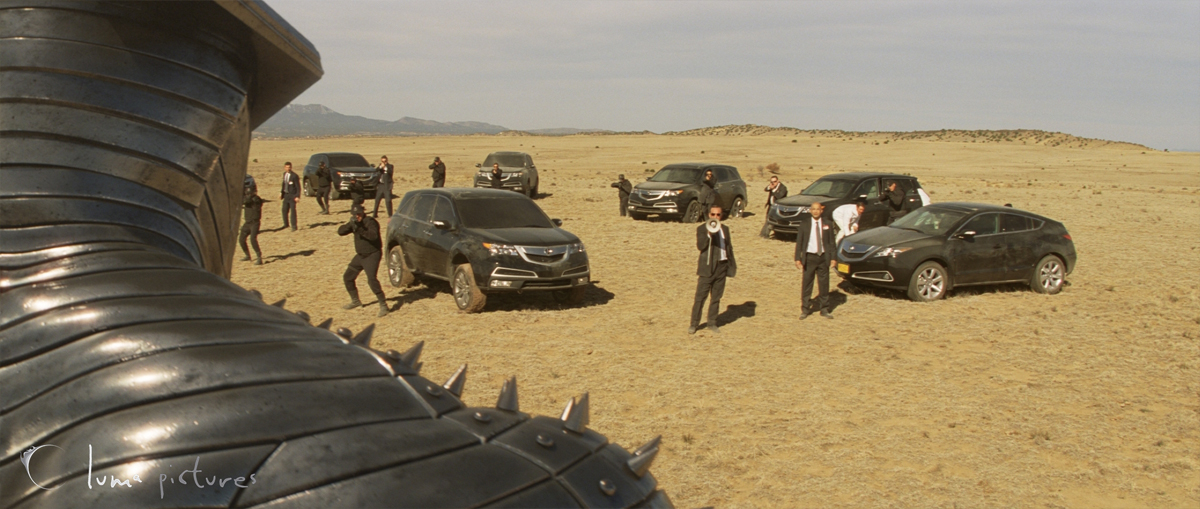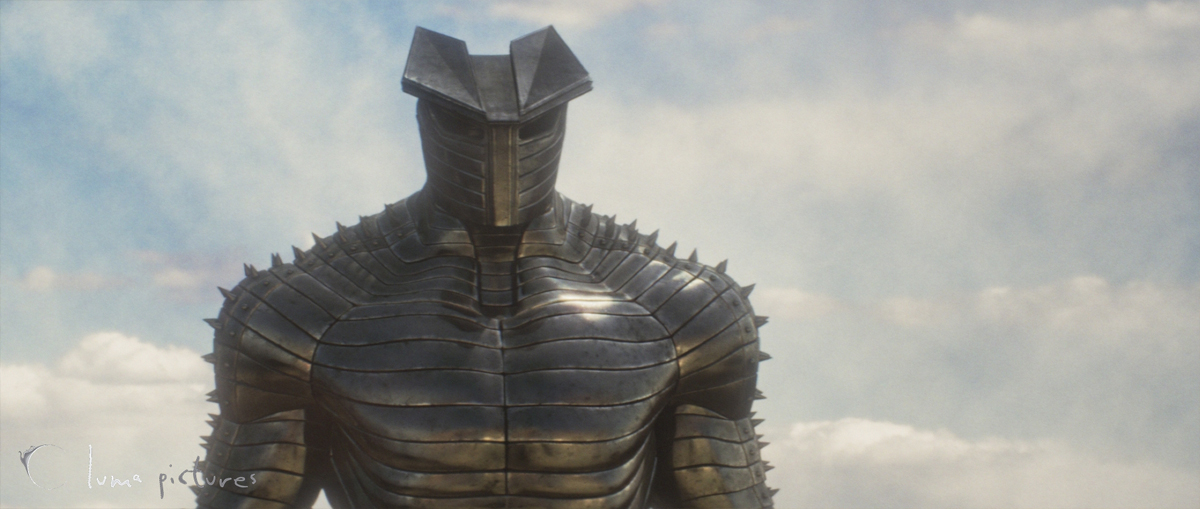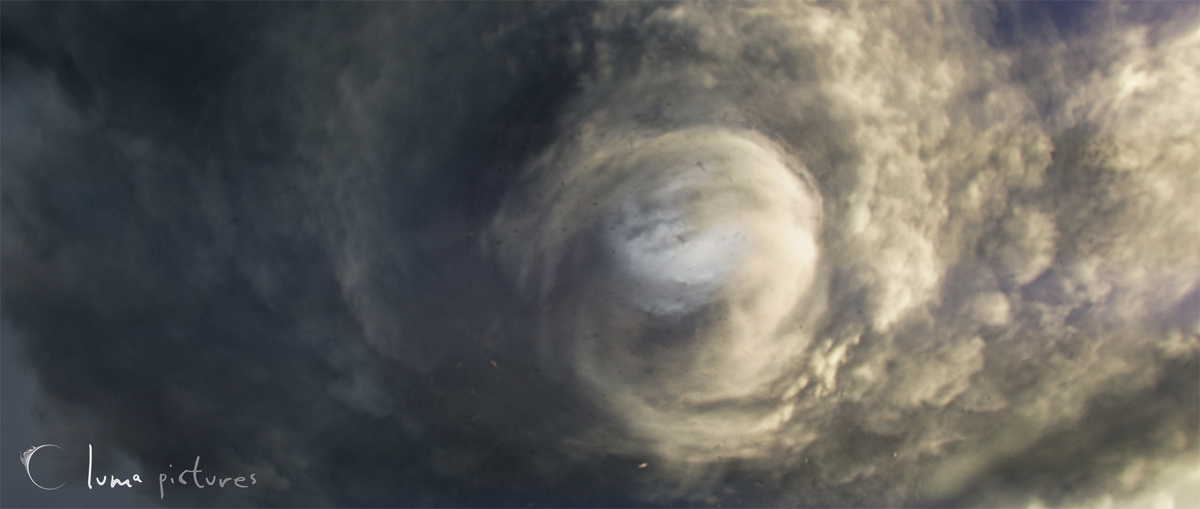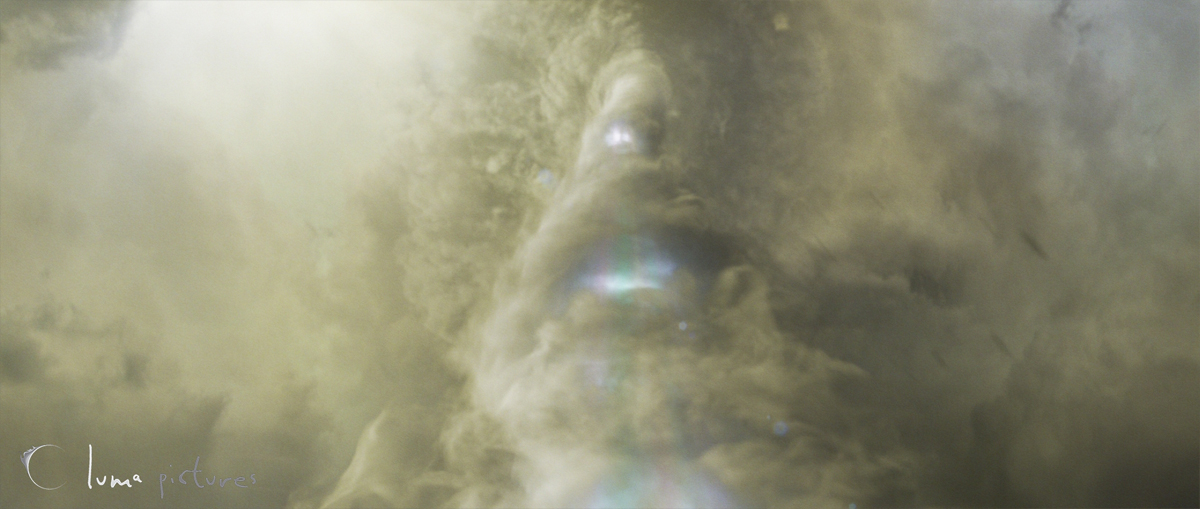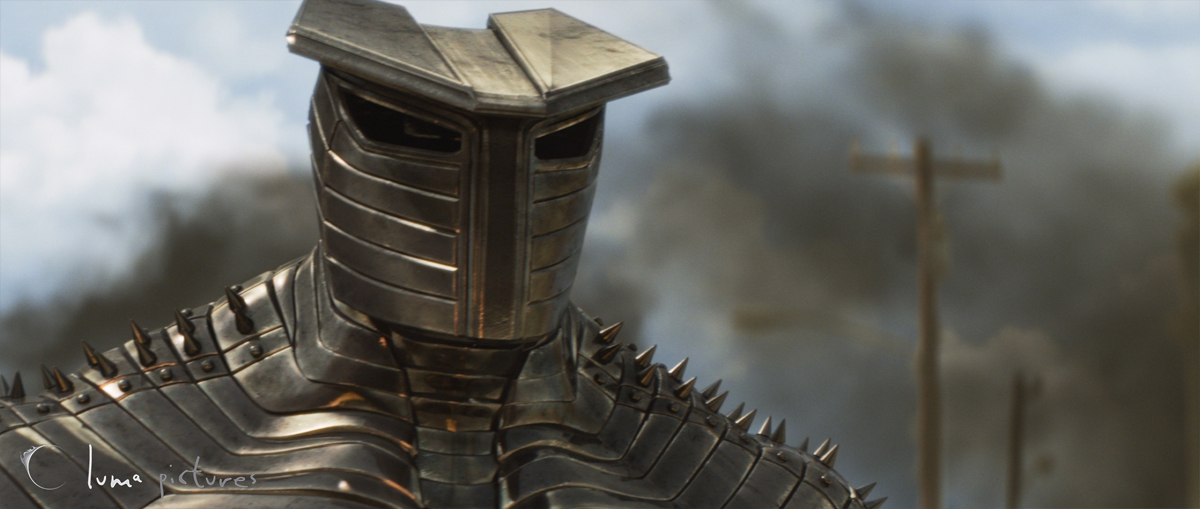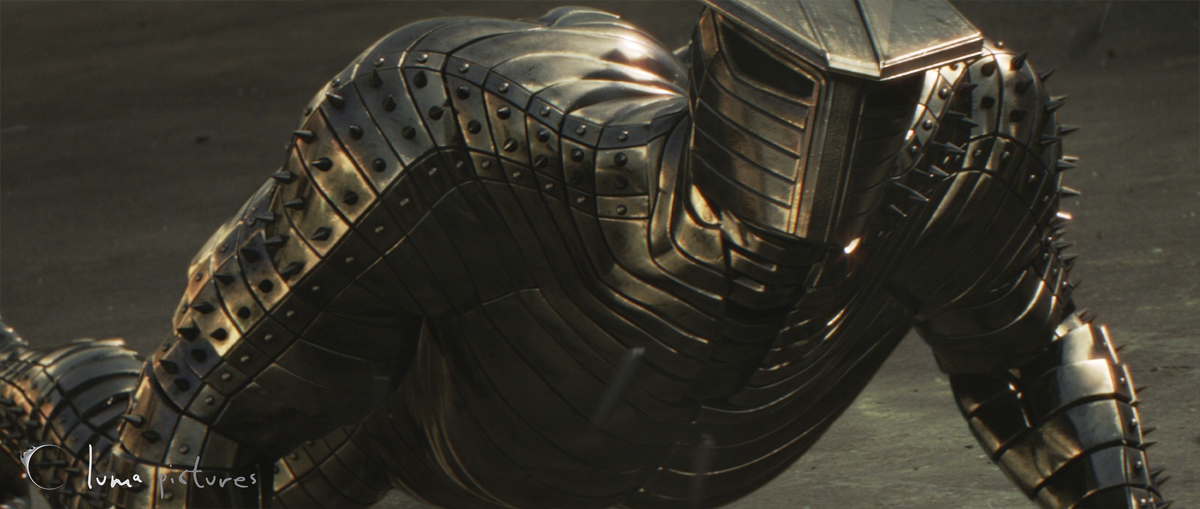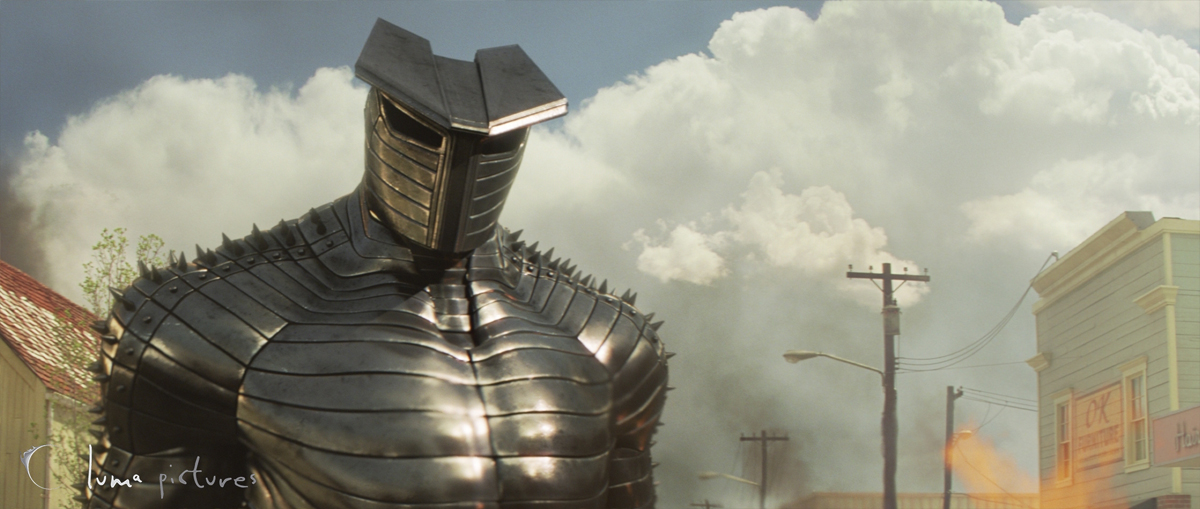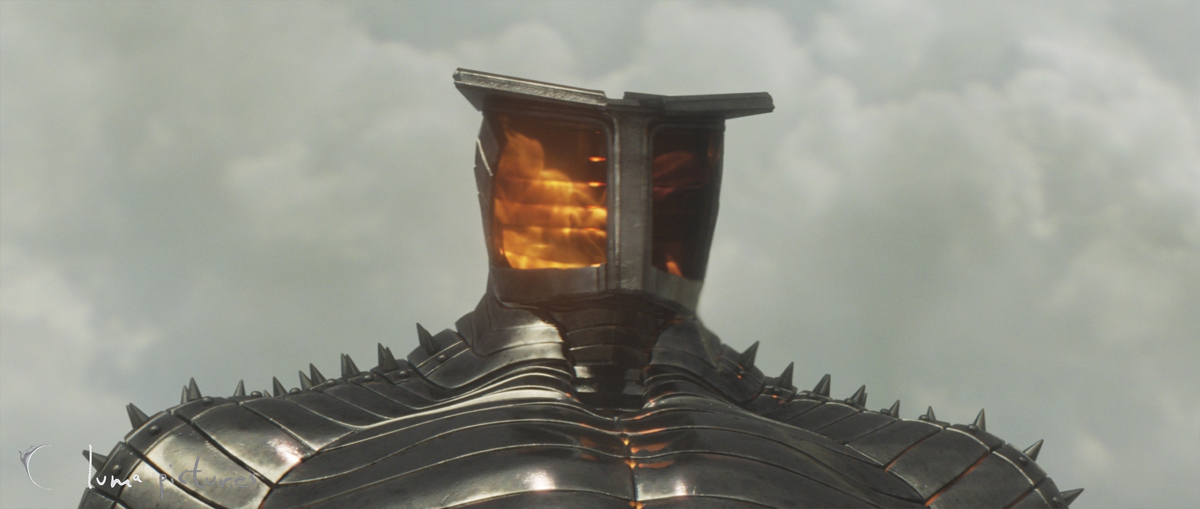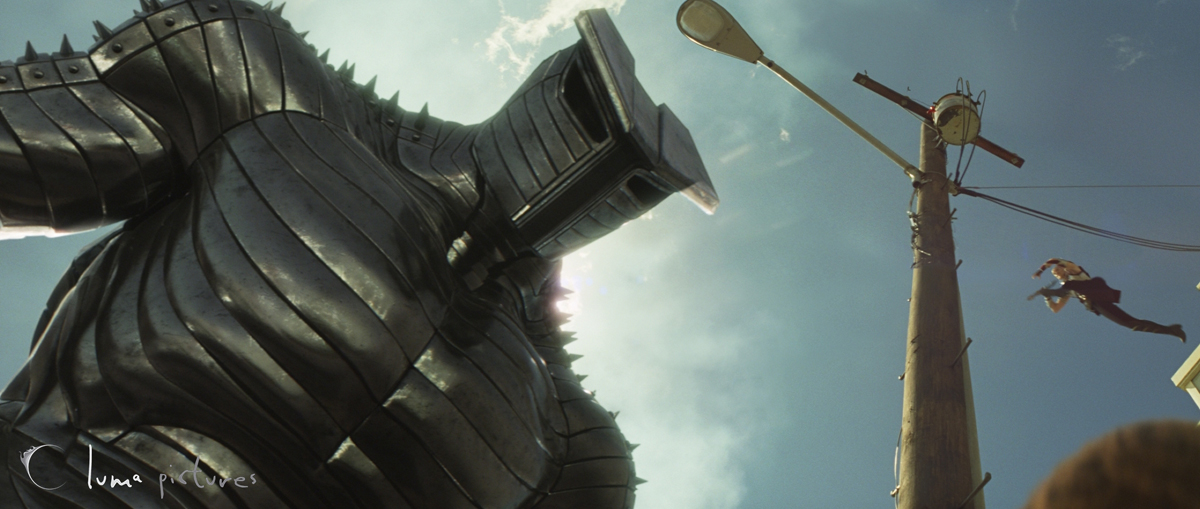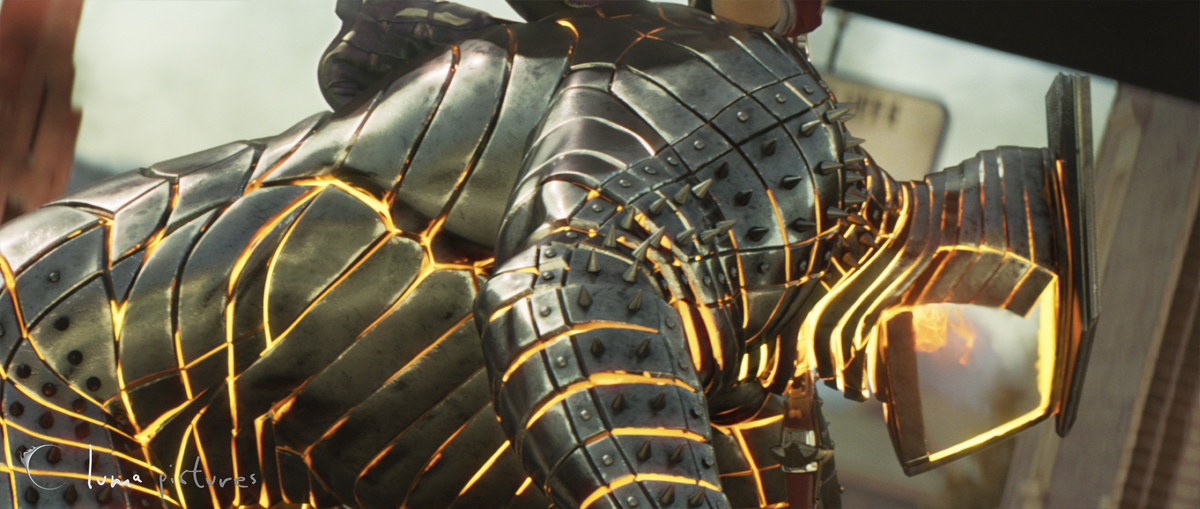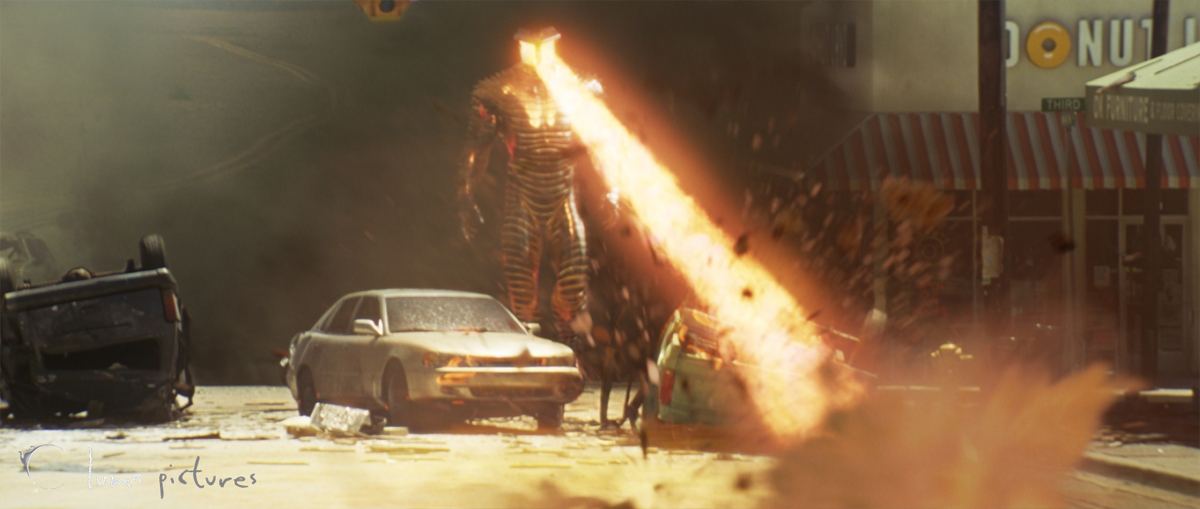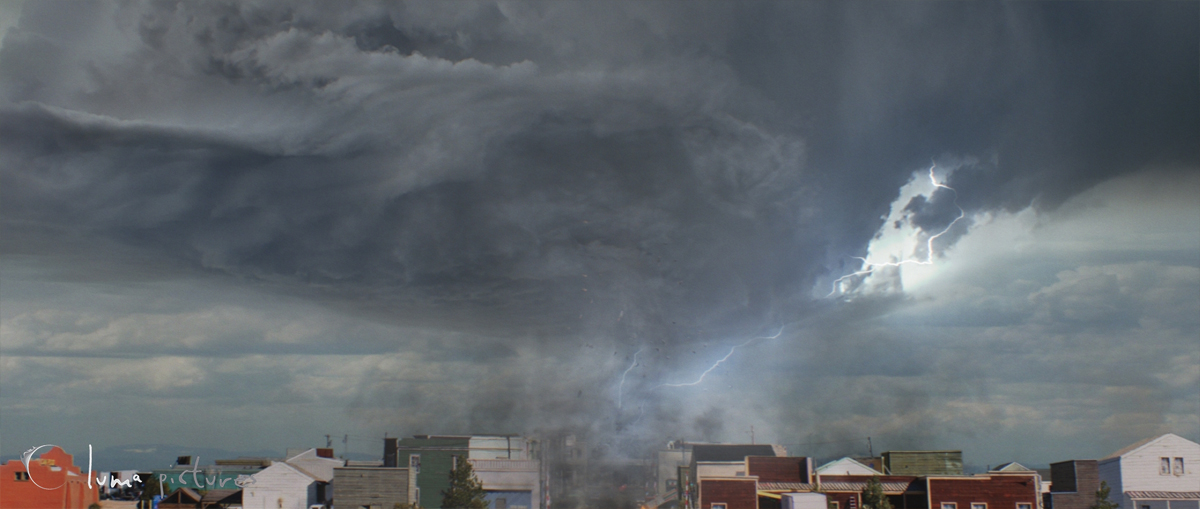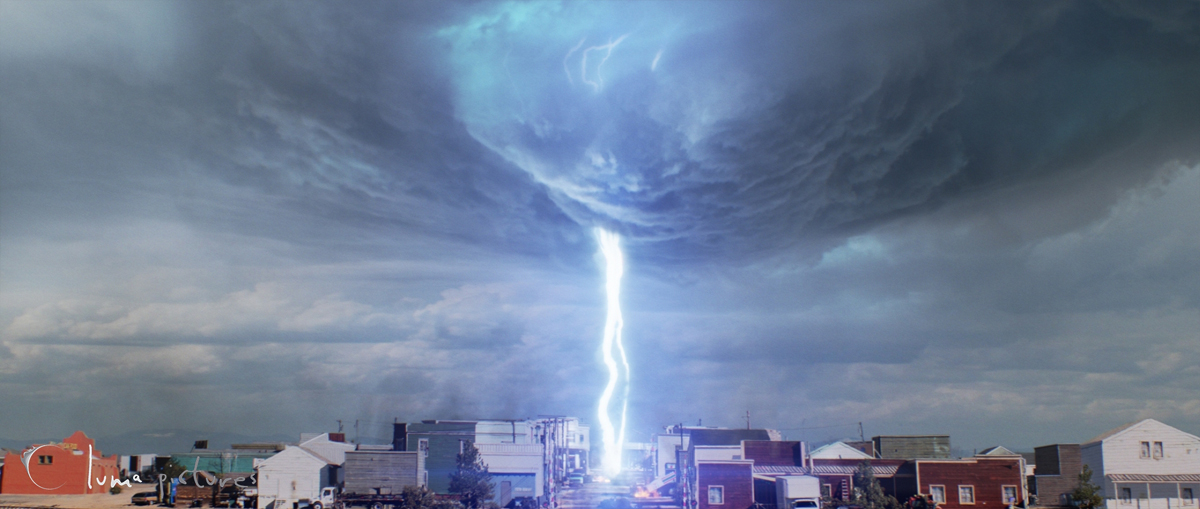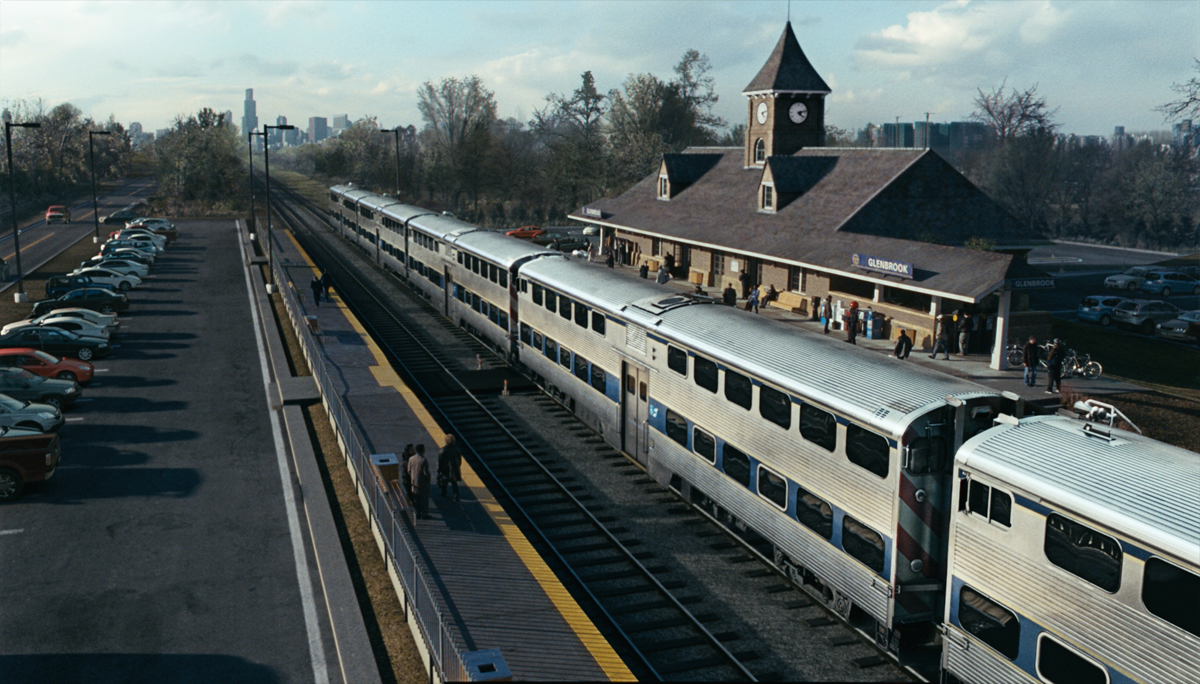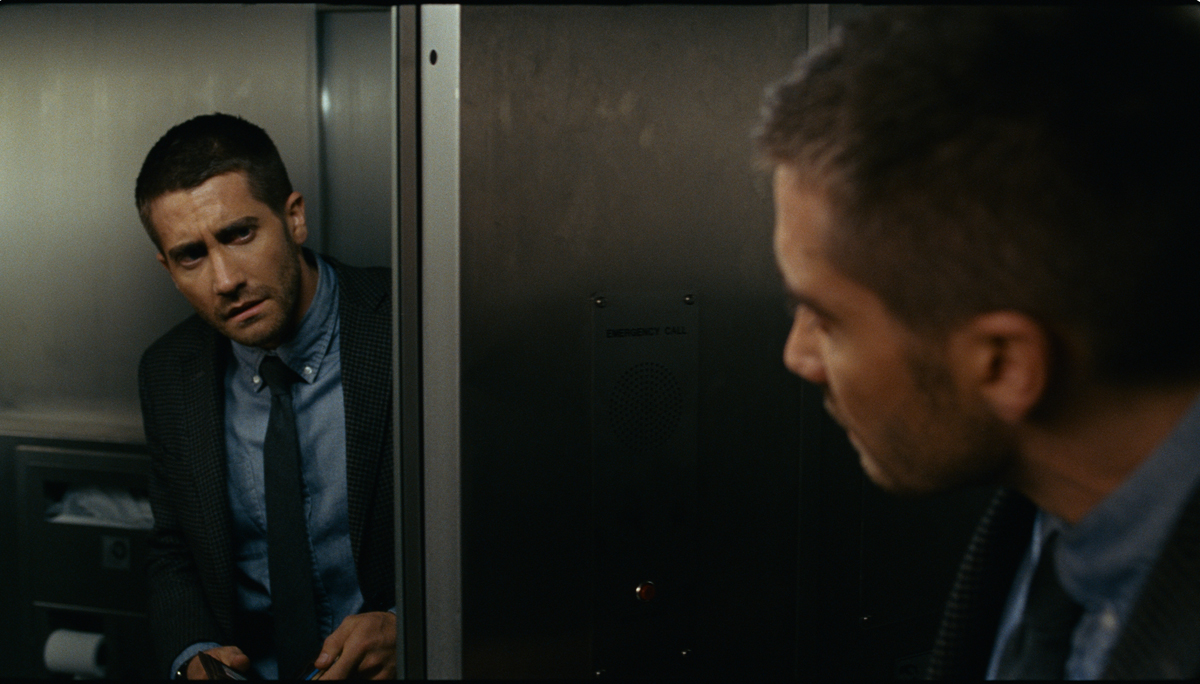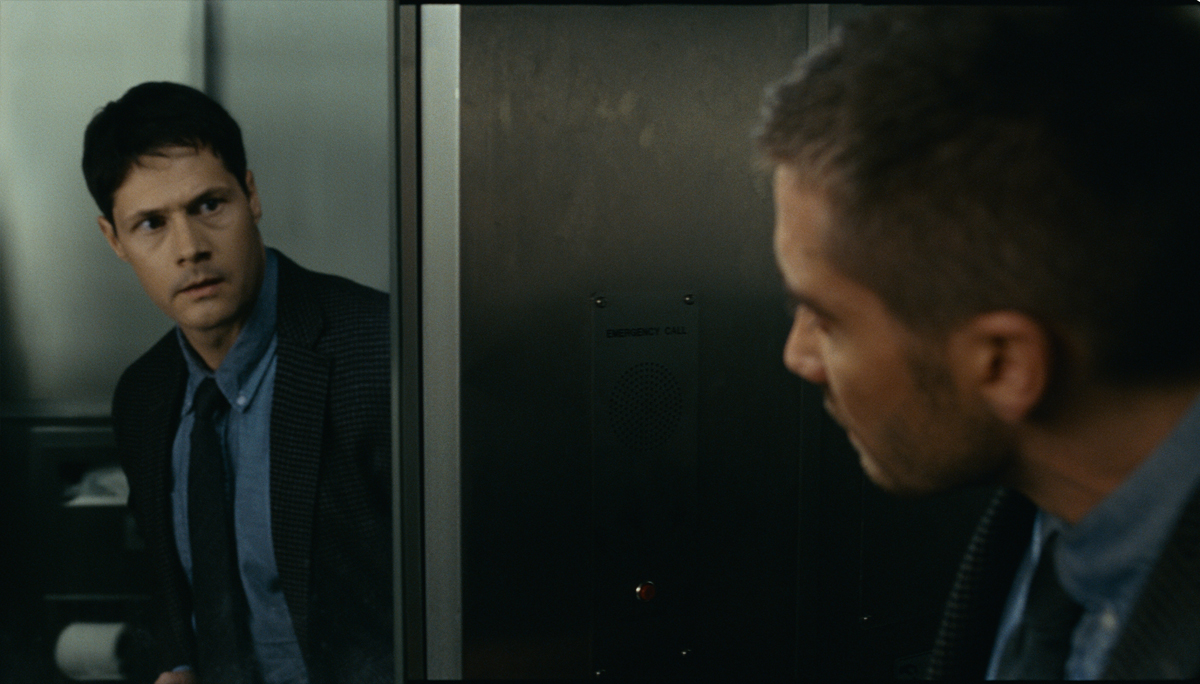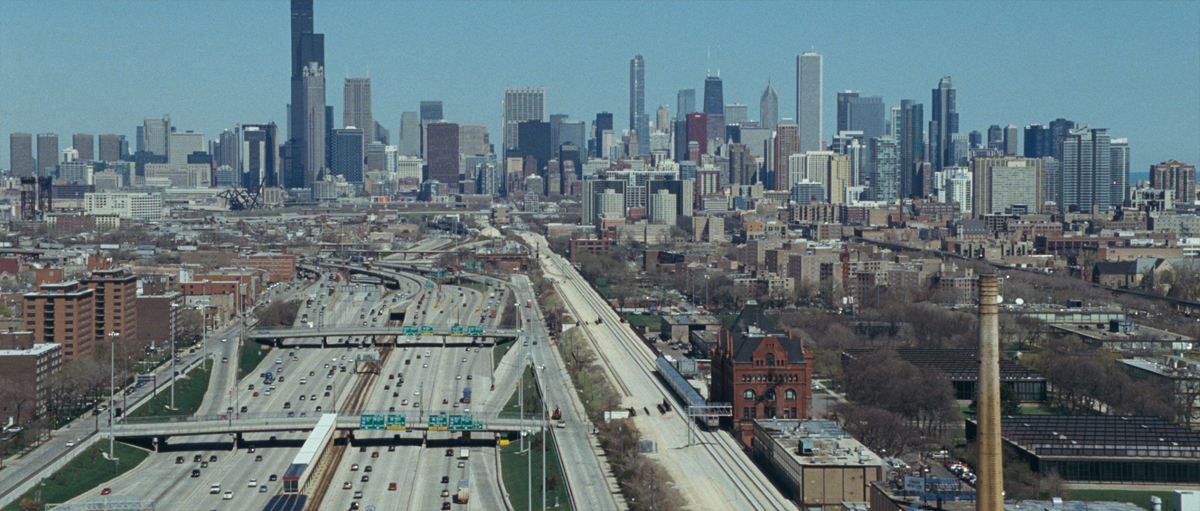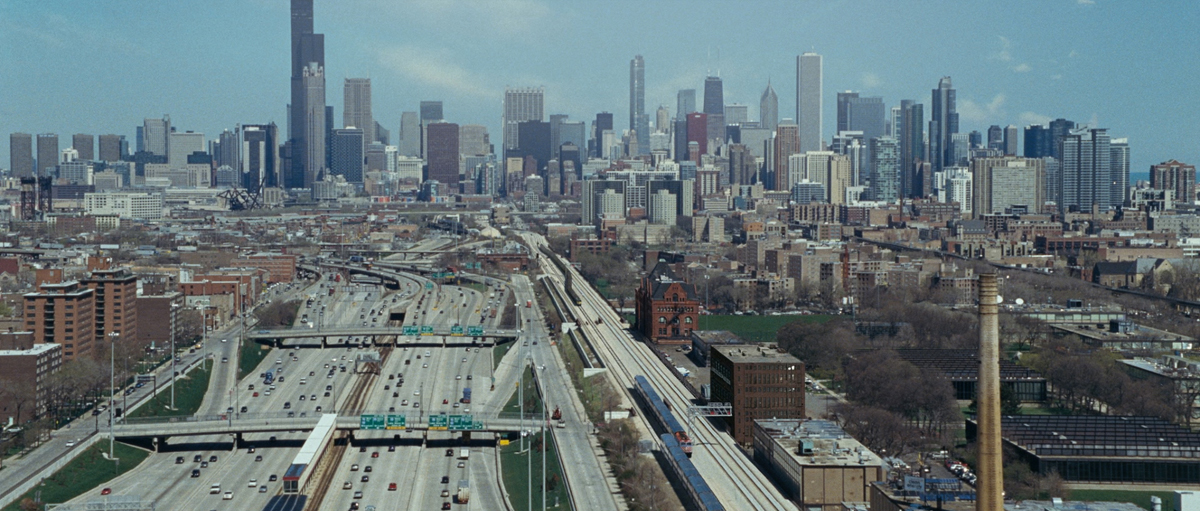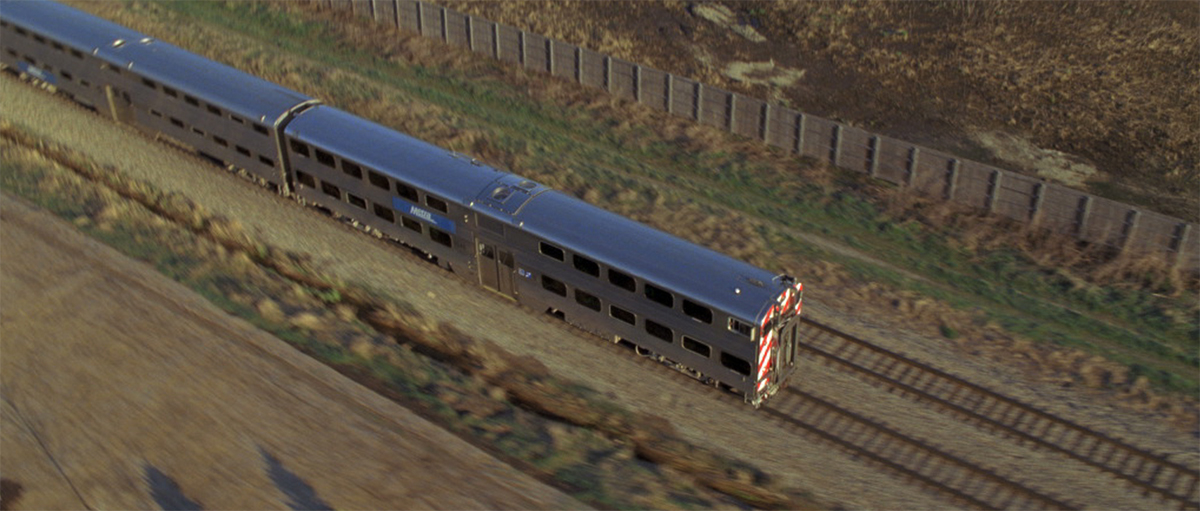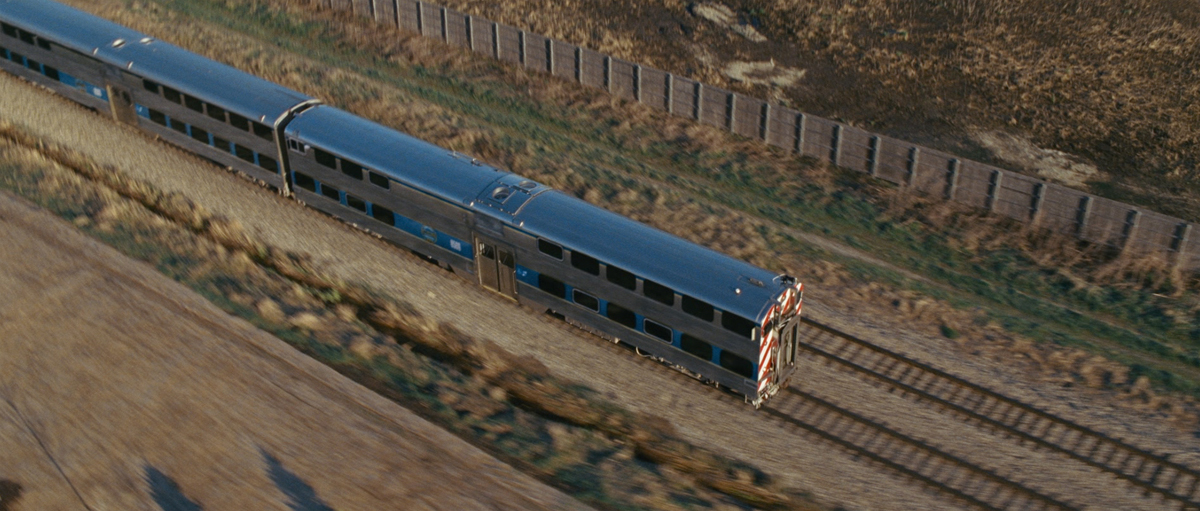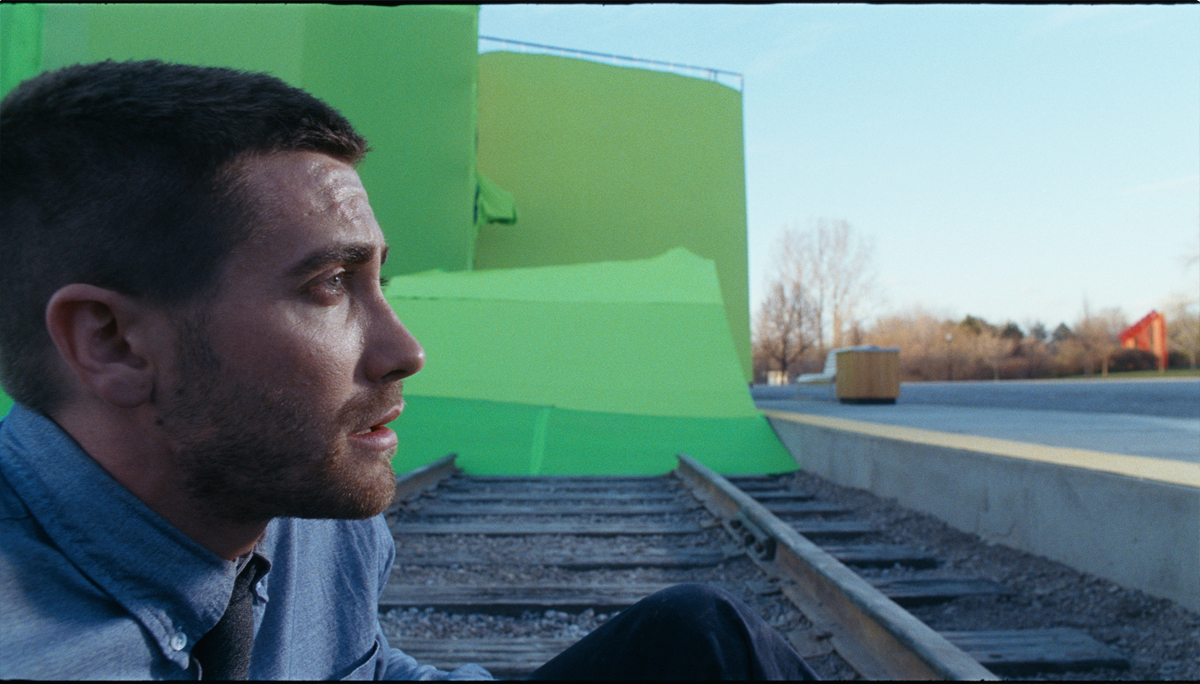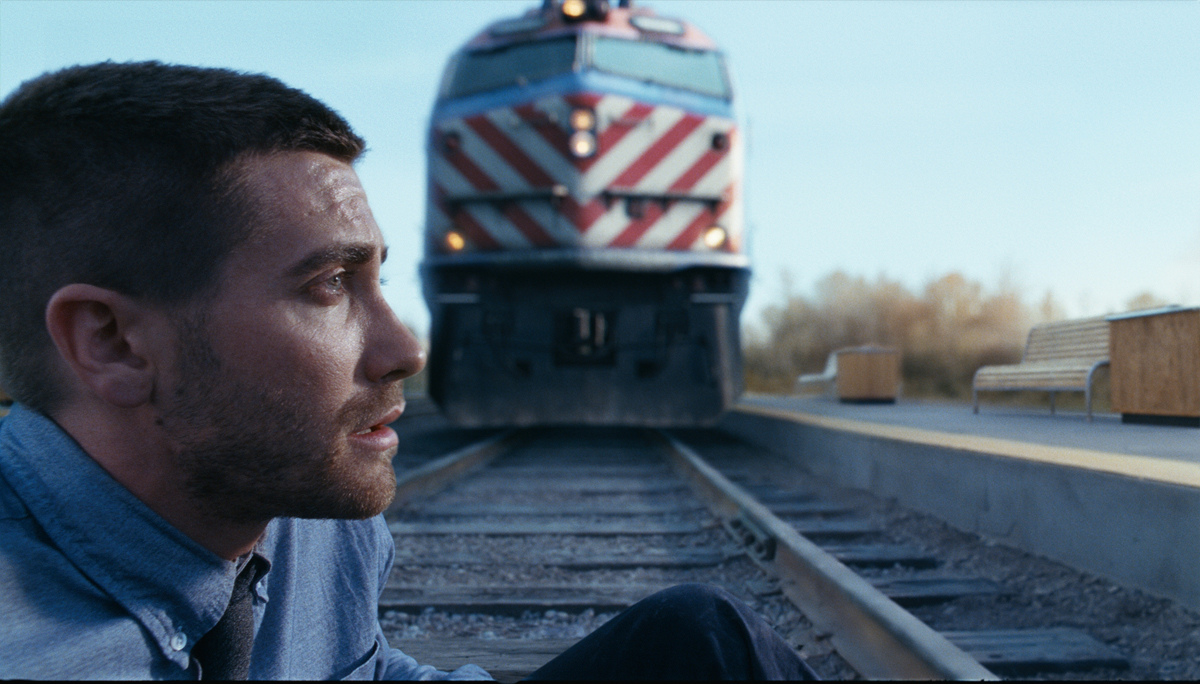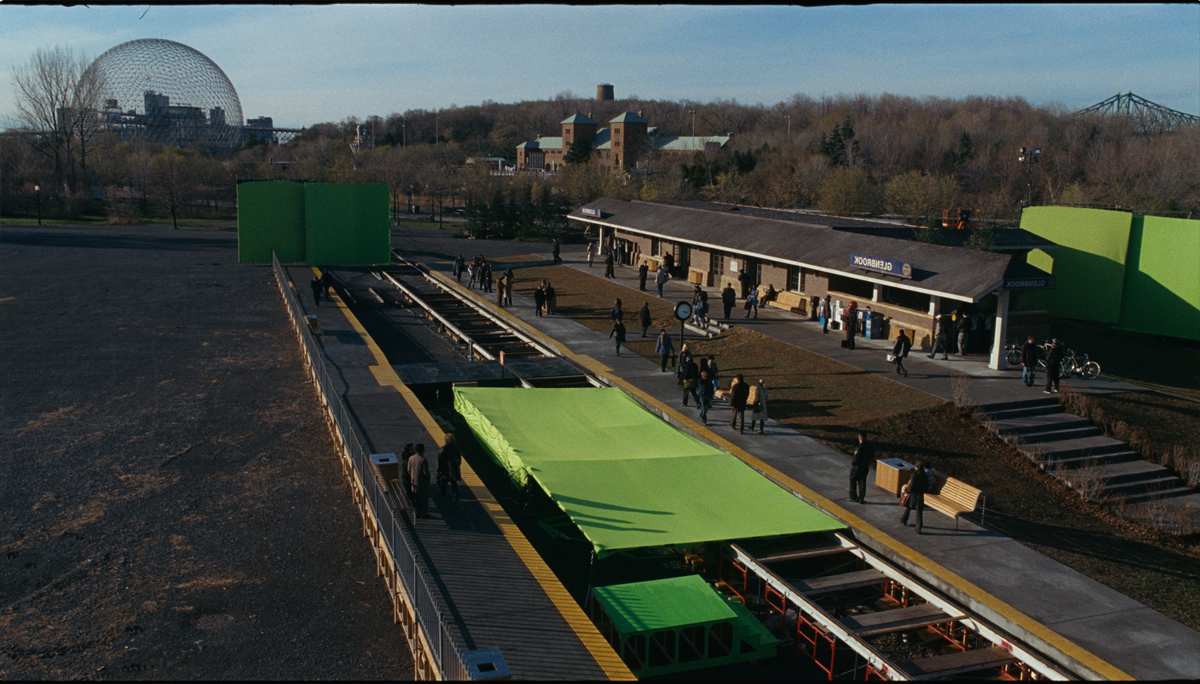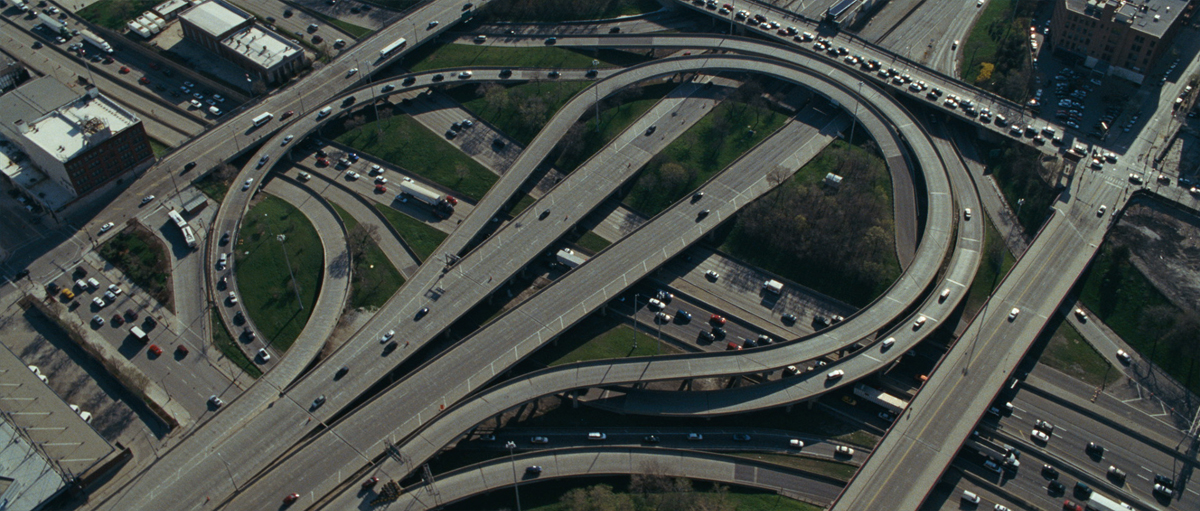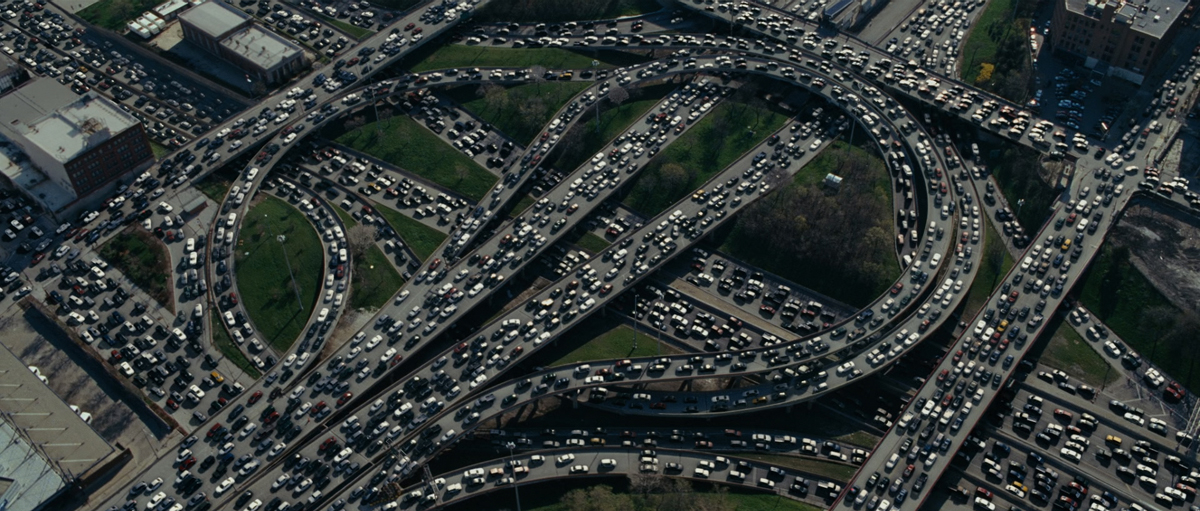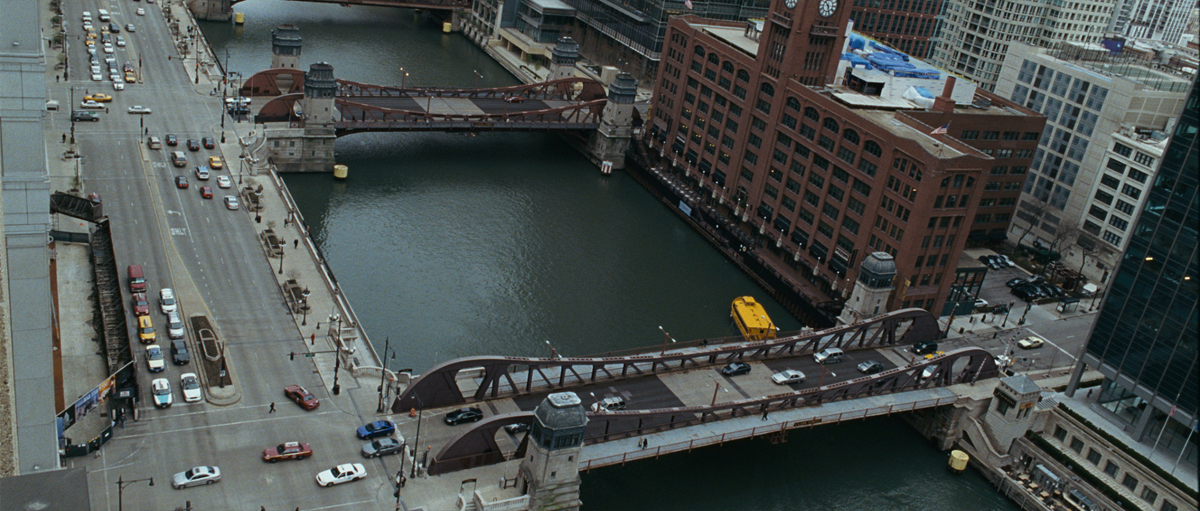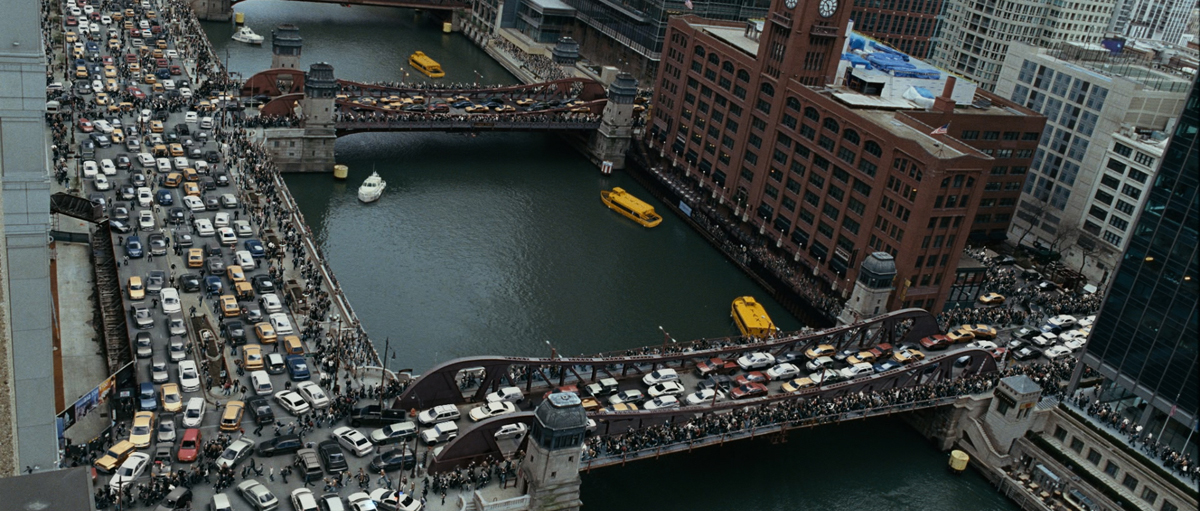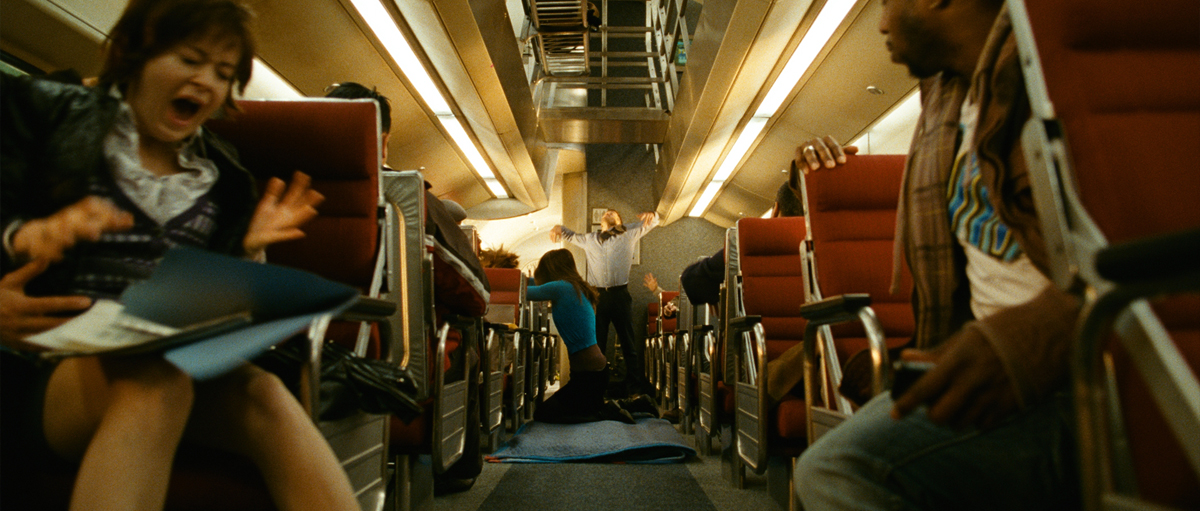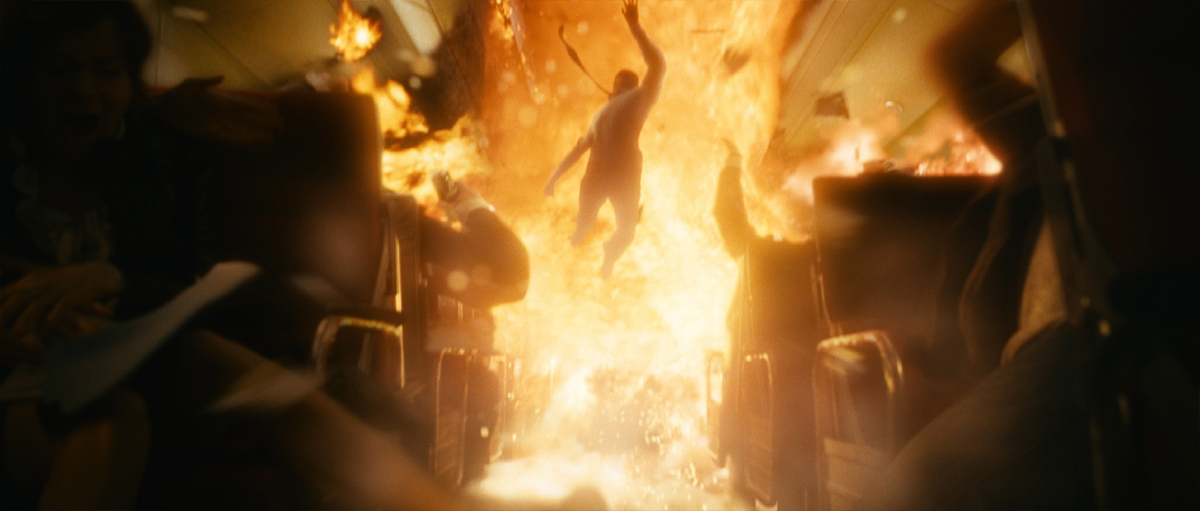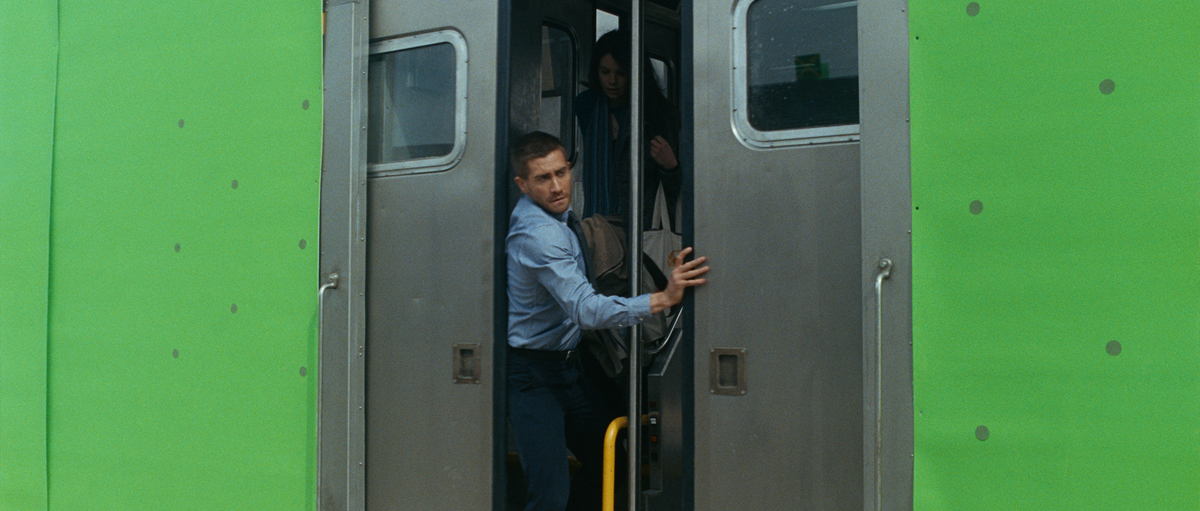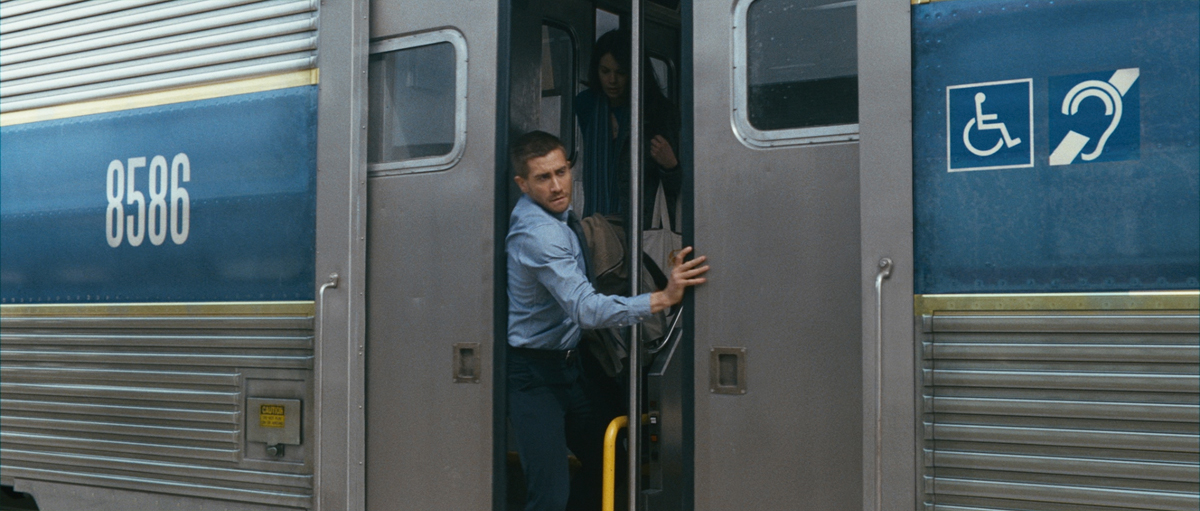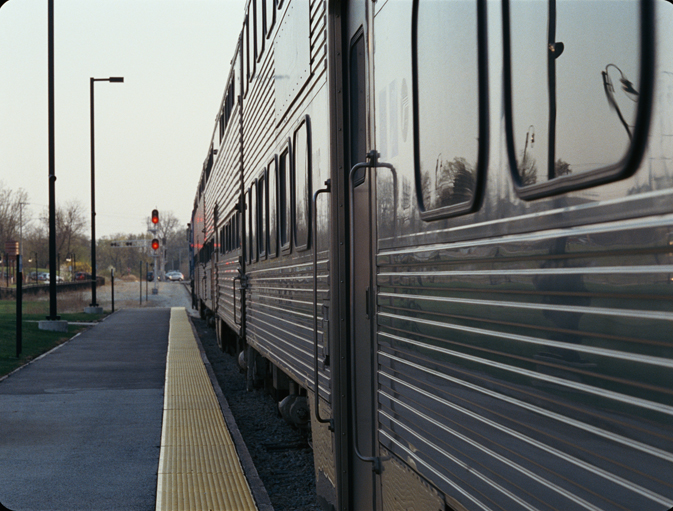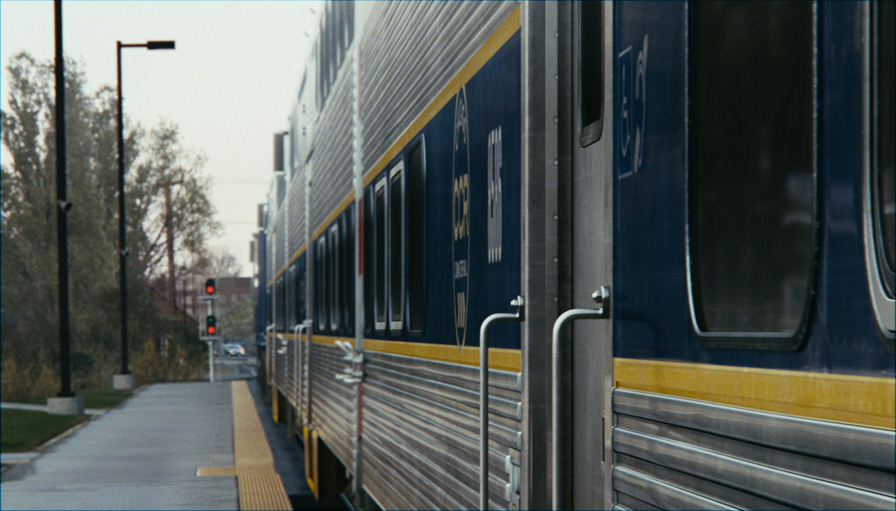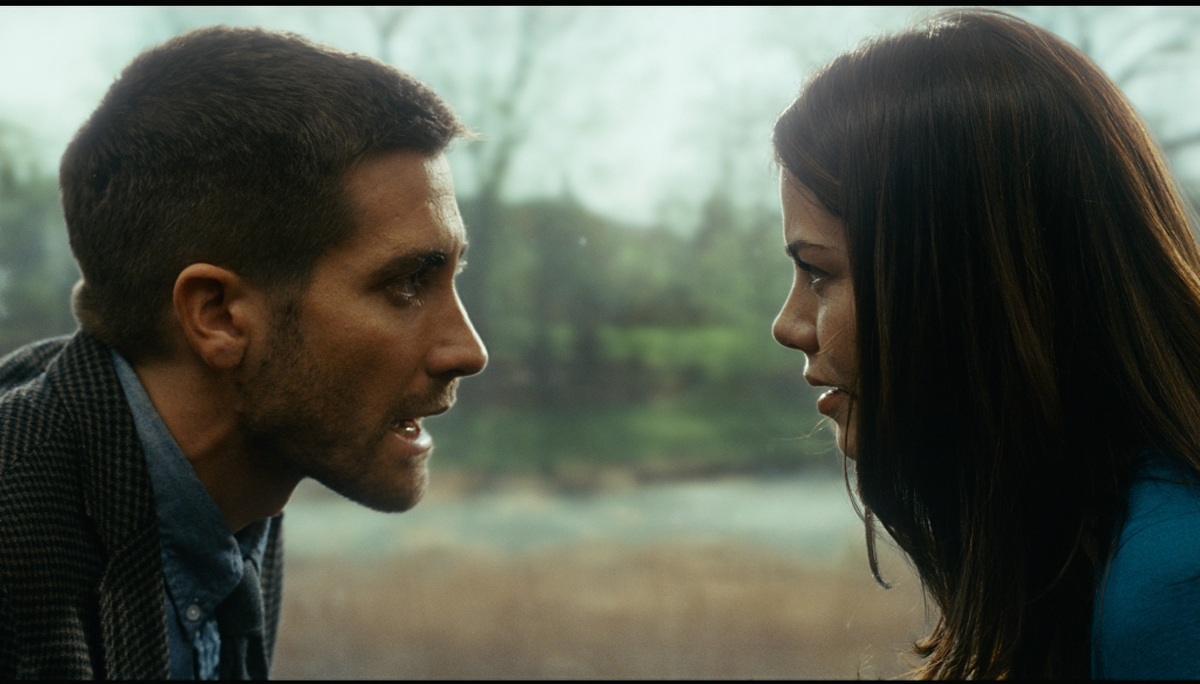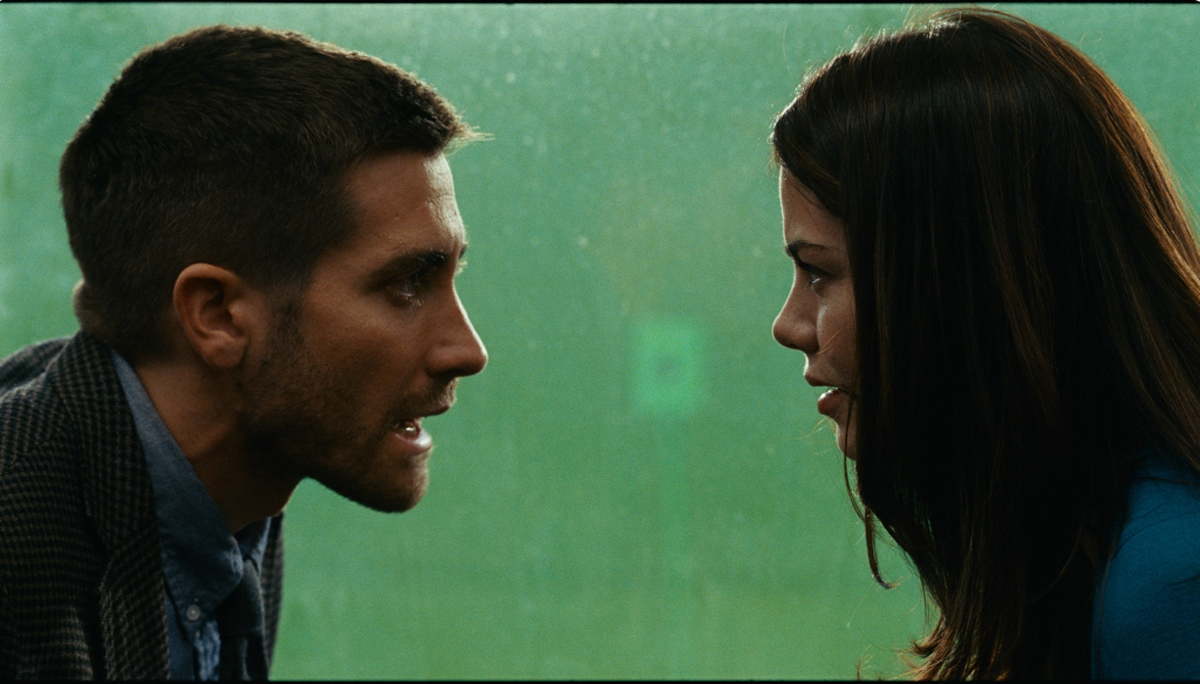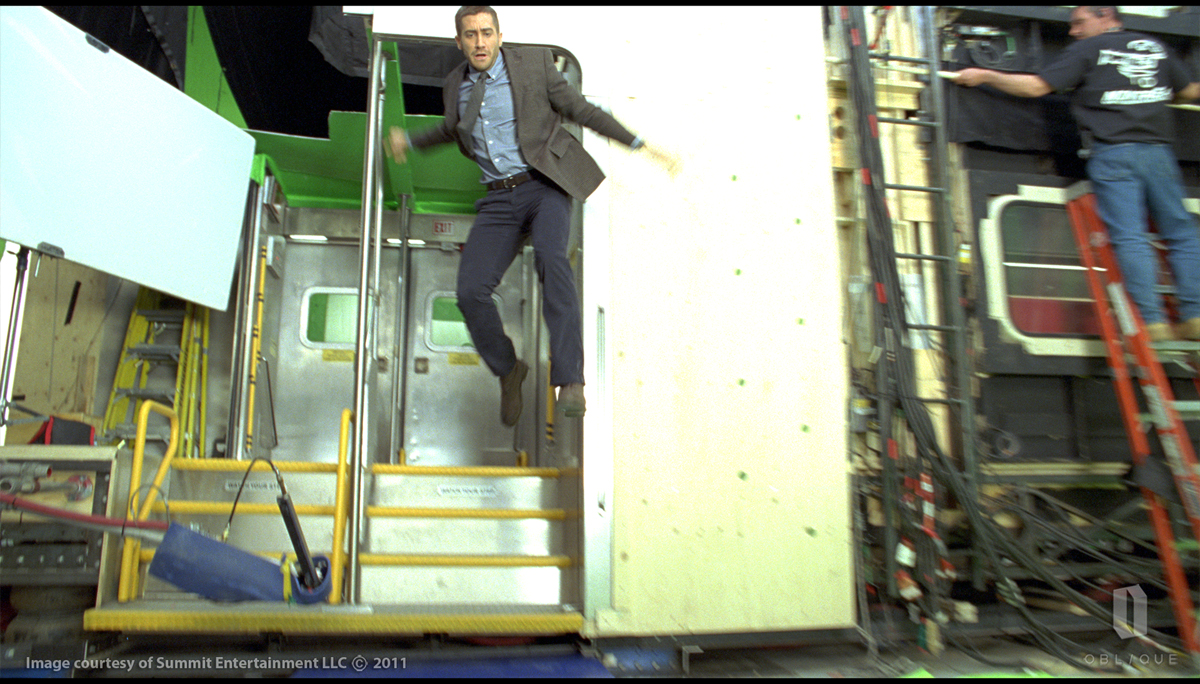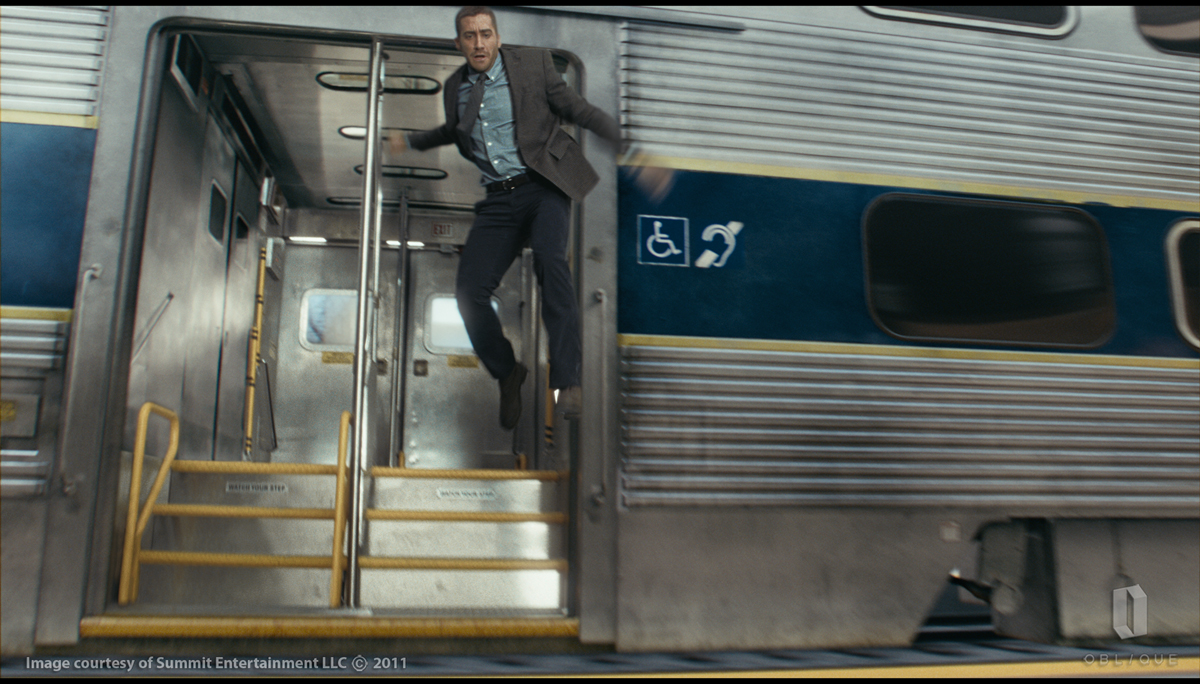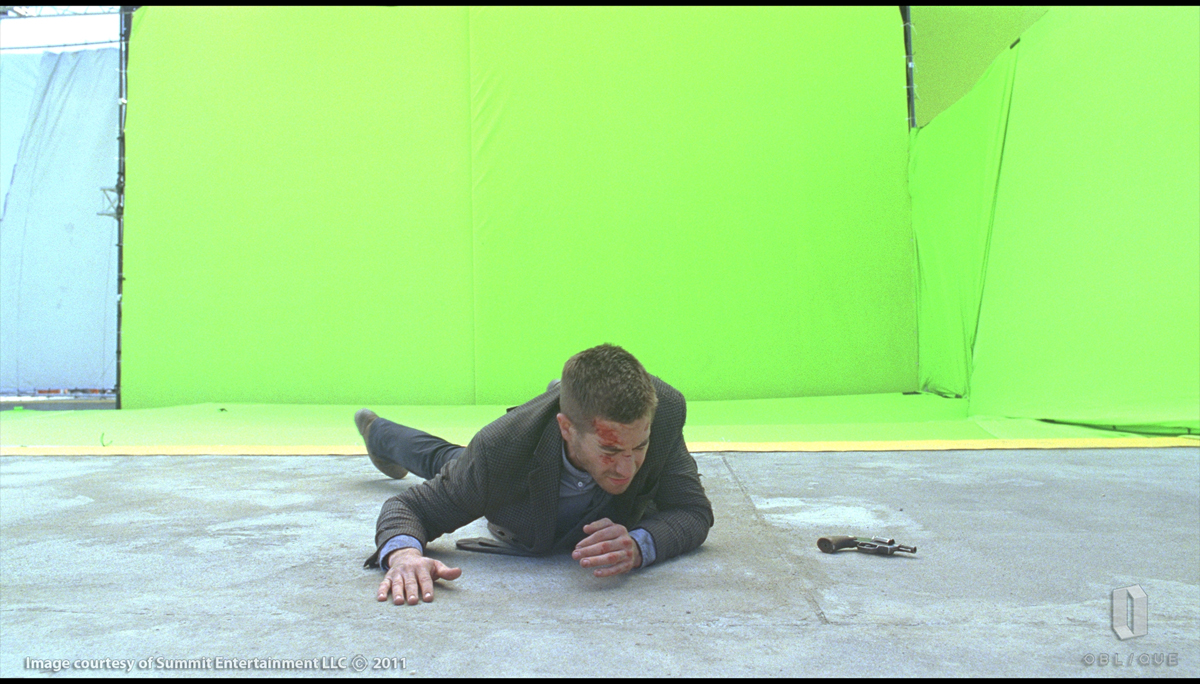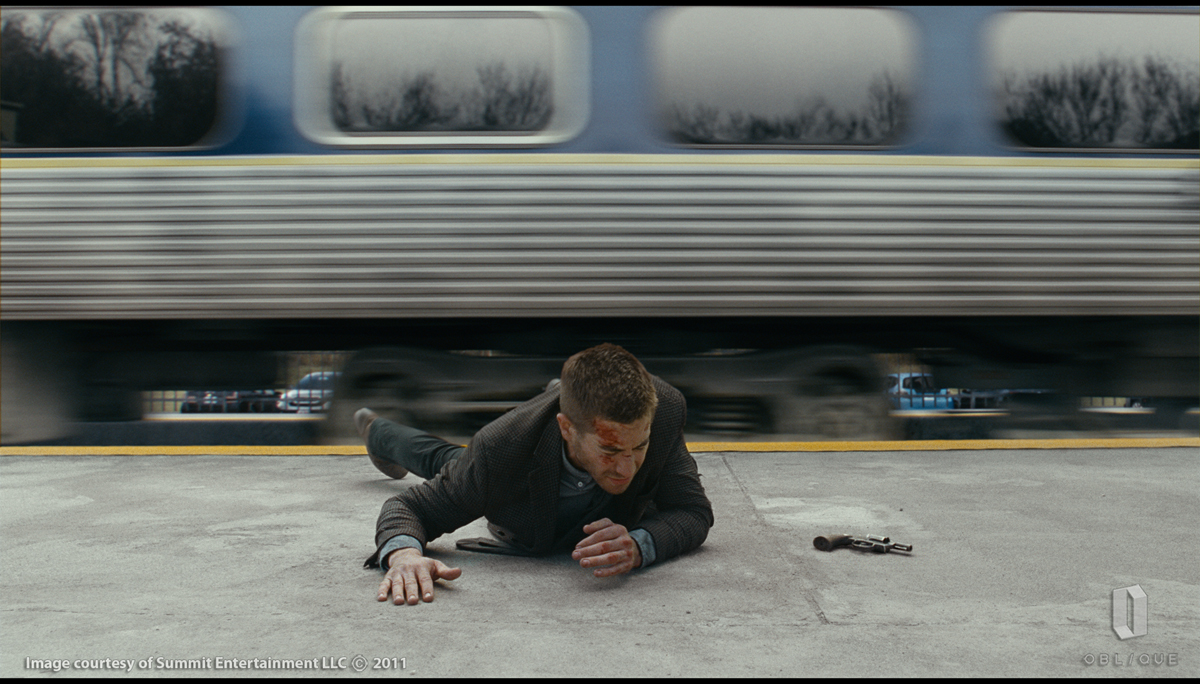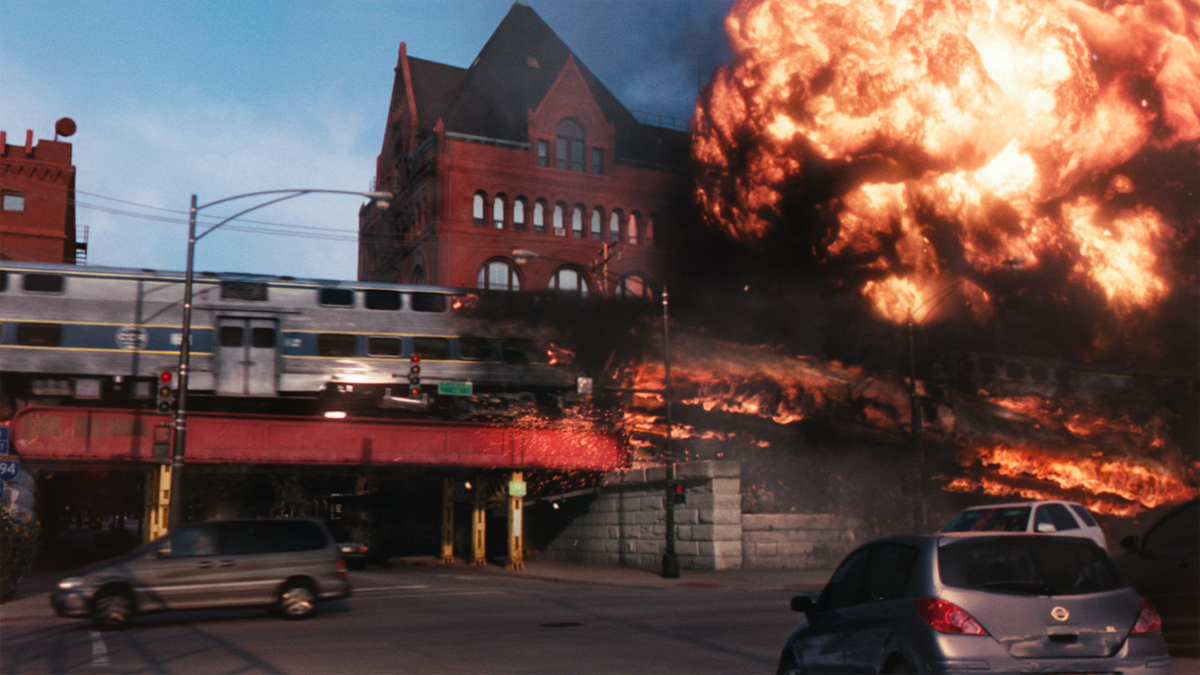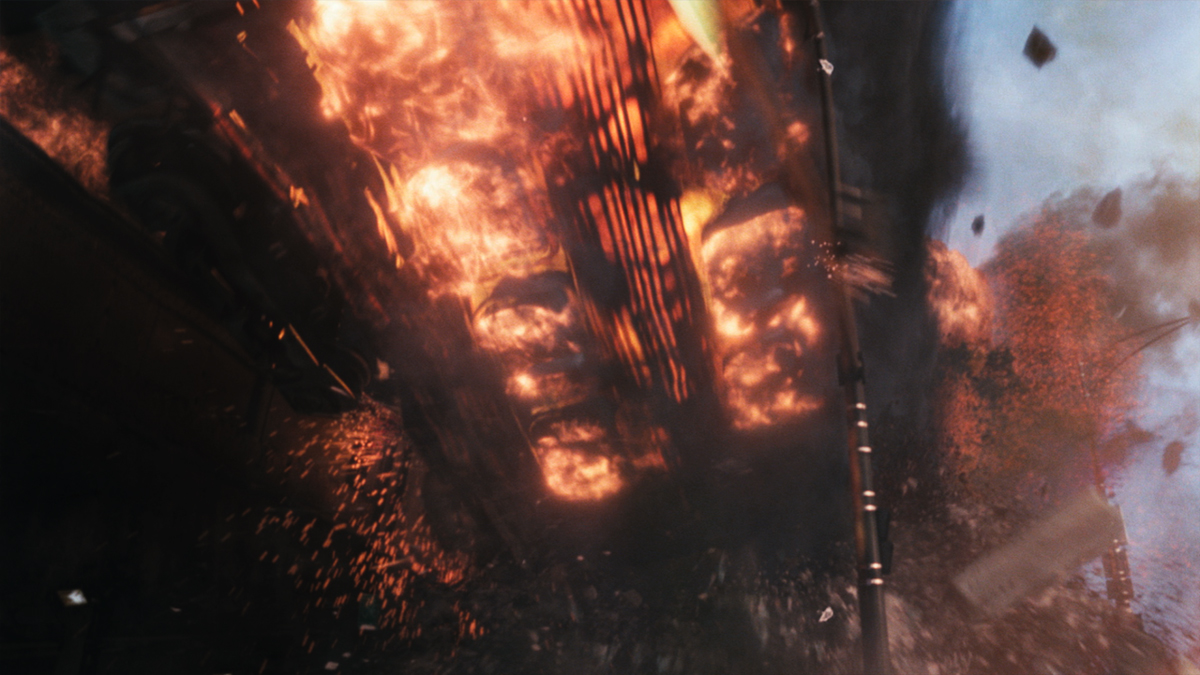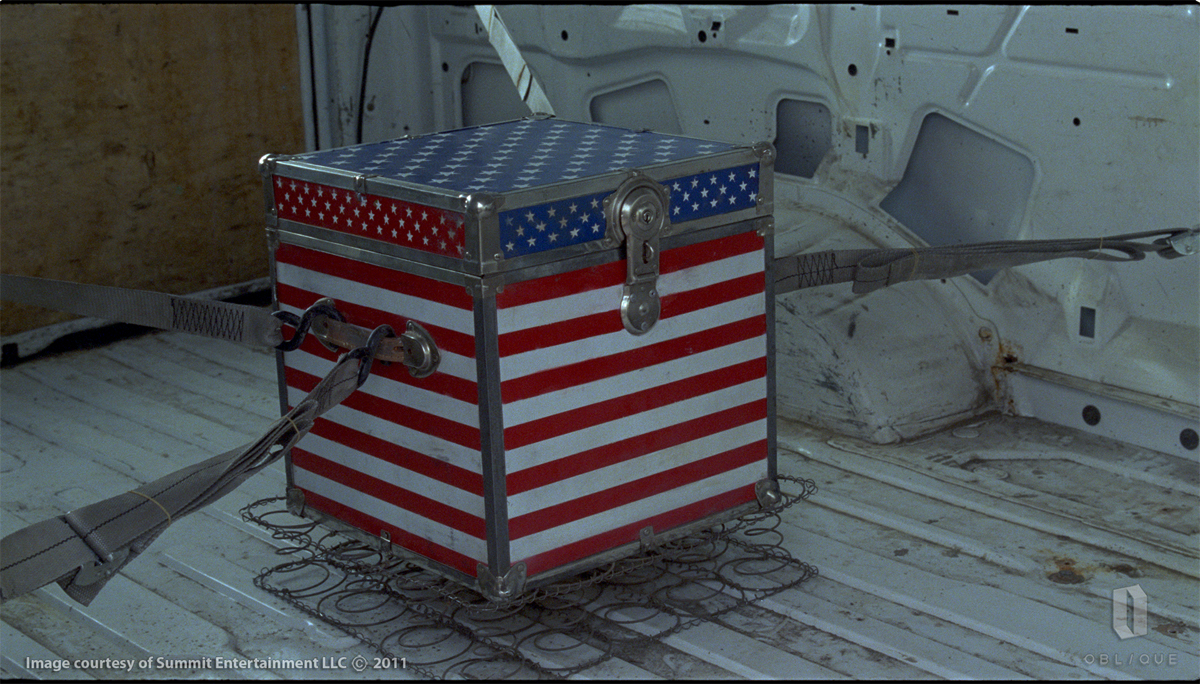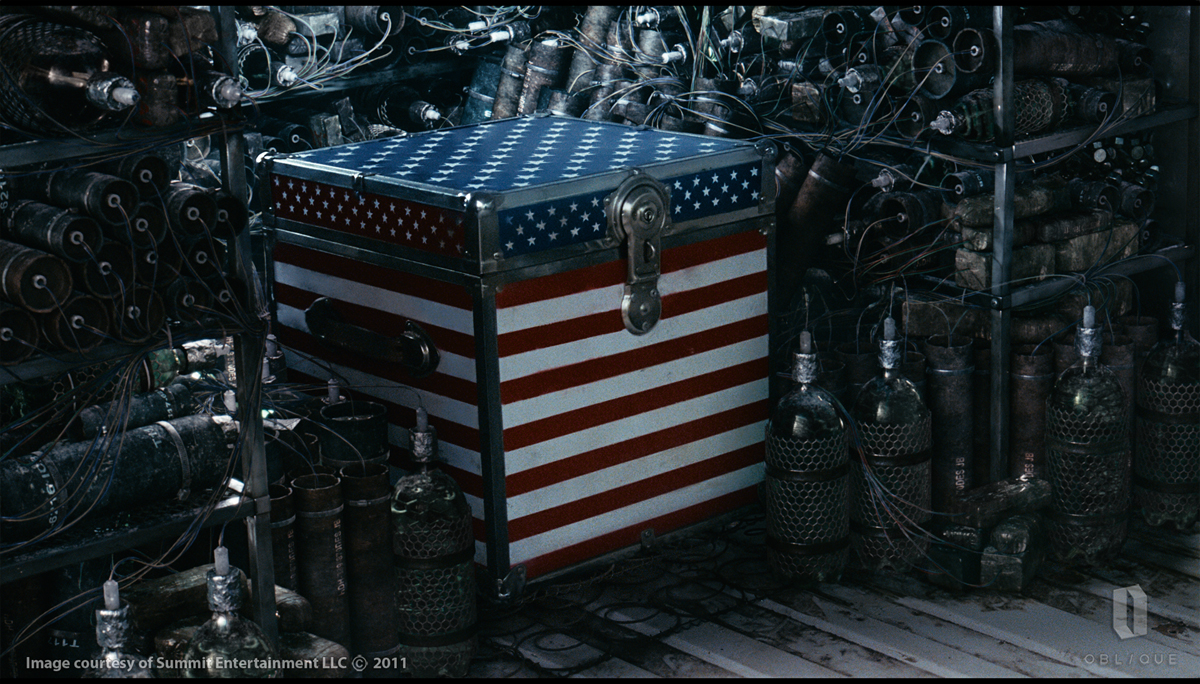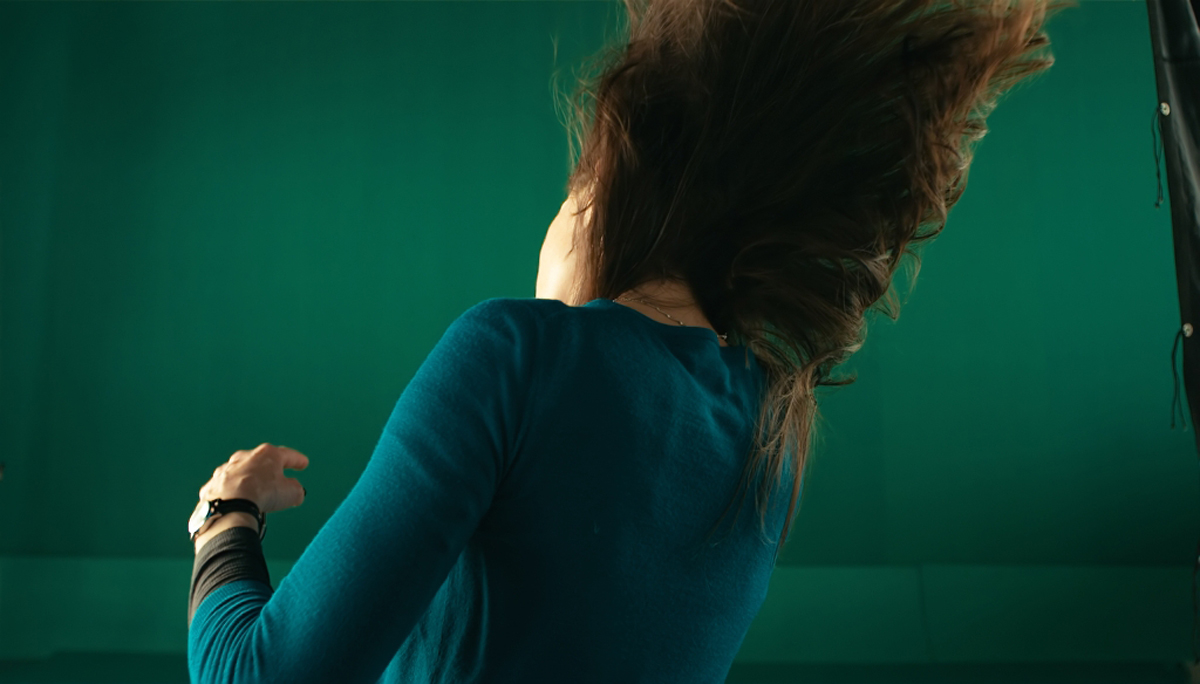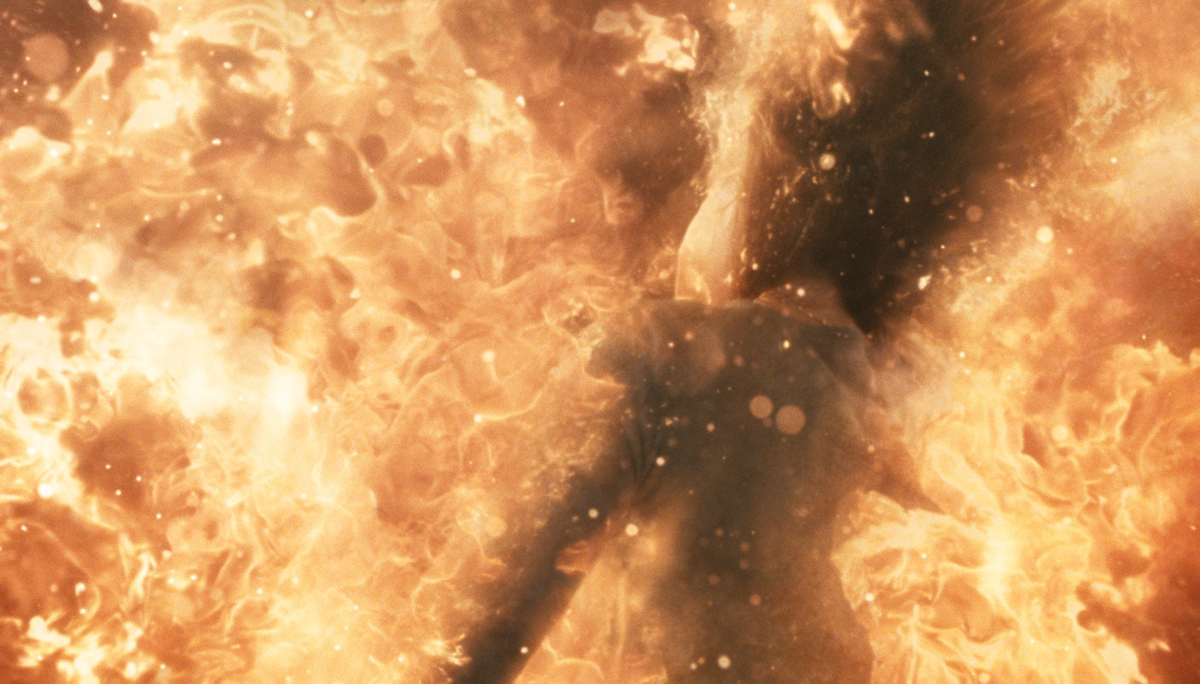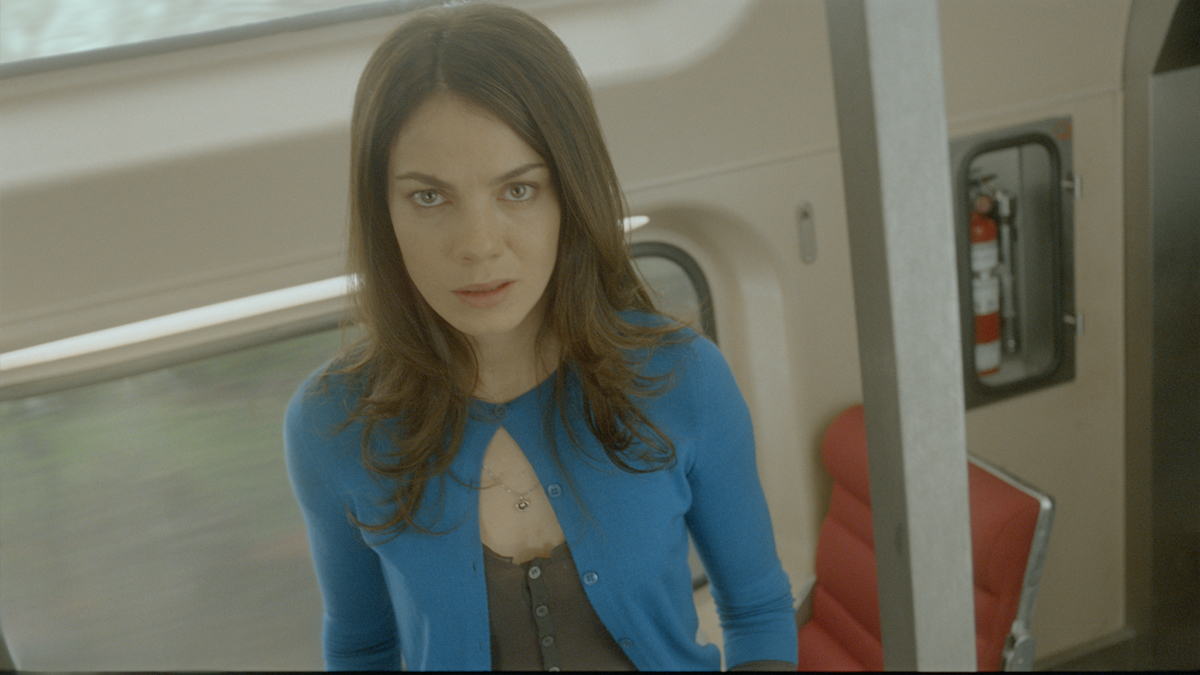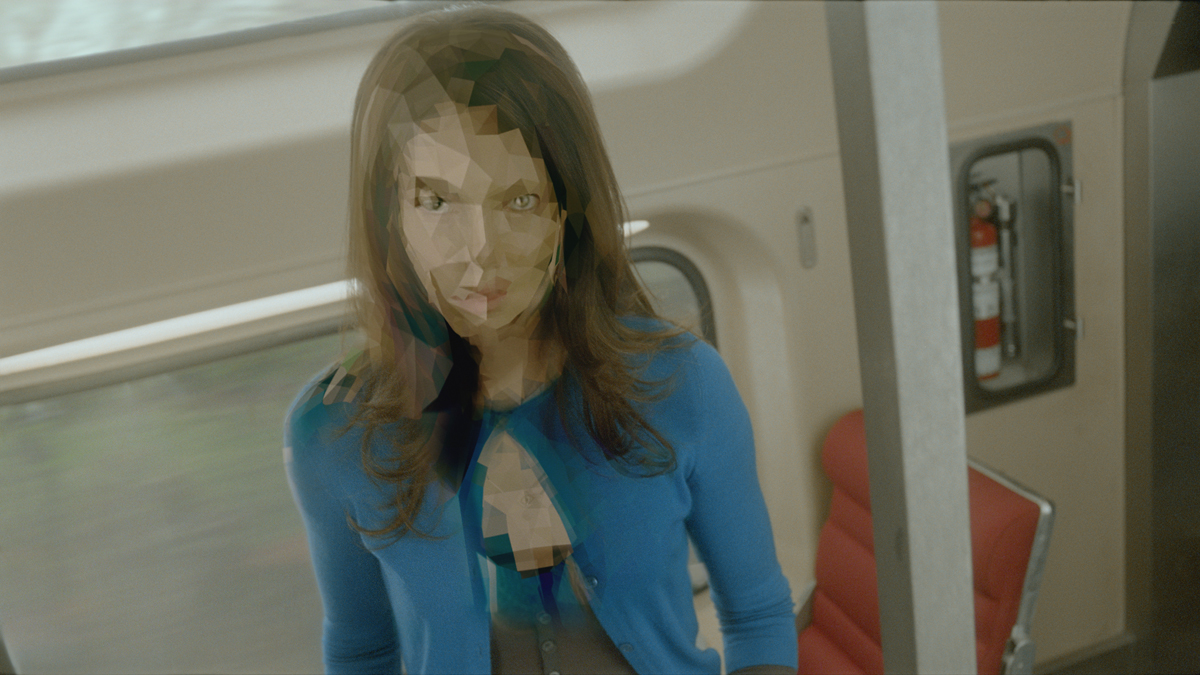Anders Langlands is working at MPC since 2004. Has participated in such films as HARRY POTTER AND THE PRISONER OF AZKABAN, CHARLIE AND THE CHOCOLATE FACTORY, 10,000 BC and CLASH OF THE TITANS.
What is your background?
I got a degree in Computer Animation, then started at MPC 8 years ago. I’ve been here ever since.
How was your collaboration with director Rob Marshall and Production VFX supervisor Charlie Gibson?
This was the first time we’d worked with Rob Marshall and Charlie Gibson, and the experience was fantastic. We dealt mainly with Charlie and he was a real pleasure to work with, making the process very smooth for us.
What are the sequences made by MPC?
Initially we were asked to do the sequence where Jack jumps into the chasm, the sequences where Blackbeard’s ship comes to life, the sequence where the Providence is sunk, the sequence where Jack and Barbossa are in the tipping wreck and the sequence where Jack is escaping from the Spanish in the palm tree grove. As the project progressed we took on some other bits and pieces as well, including shots of the mermaid’s whip-like tendrils for the mermaid attack sequence.
How did you create the ship of Blackbeard?
Our in-house photographer, James Kelly, flew to Hawaii for a few weeks to take extensive reference photography of the Queen Anne’s Revenge (QAR) as it was being constructed. Although we did have LIDAR of the ship, it was only of a portion of the hull as the boat was already in the water so obviously scanning an object moving up and down on the ocean from the shore isn’t going to do much good. They had to hang the scanner off the side of the ship in order to get anything. The scan was useful for checking proportions, but our modeling lead, Giles Davis, had to rely on image modeling techniques to get an accurate match for the whole ship. Since we would be directly extending the ship upwards, we needed it to be very accurate indeed.
Is there any shots in which the boat is full CG?
Only one in the final cut I think, which is a shame as the assets team and the lookdev artist who handled it, Arturo Orgaz-Casado, did such a great job of it we thought it looked better than the real one! Actually if you look carefully you can also see it on the river in the Disney logo sequence before the film starts.
How did you animated the ropes that catch the sailers?
For the pirate rope sequence we had various technical challenges to overcome and this involved a series of rigs to be developed to cater for each type of scenario. Types of challenges included snaking living ropes, ropes whipping through the shot to more difficult ropes entangling and tightening around the pirates and of the ropes themselves. All these scenarios each had a specific scripted rig build.
These rigs all used new technology we created primarily for the Nagini character we were animating for the final HARRY POTTER films and further developed to cater for our needs for PIRATES 4. We developed a new ik spline solver called the ‘curve sampler node’ which allowed for ropes to travel along the paths of the spline without the rope geometry stretching, allowing the animators control and confidence that where they were keying action to be, would be where it would stay, even if other parts of the rope were moving. This was not achievable with the standard spline solver. It also allowed for breaking away from this spline to ‘key’ on top of the path animation to give even finer control.
By far the most tricky and fiddly parts of the sequence were when the ropes wrapped around the pirates themselves, this involved roto-animating all the live action pirates in the plate painstaking completed frame by frame by our talented roto-Animation artists. These CG copies of the pirates were then handed over to animation to add the ropes to interact and perform with them. We wanted to give the ropes a hint of personality and referenced real snake motion so they didn’t feel just like an inanimate rope being manipulated by a guy off camera but had a life of their own. The end result was to make sure that the audience felt the ensuing chaos was building throughout the sequence and that the unfortunate pirates didn’t stand a chance at fighting back right through to the final wide shot of them hanging helplessly in the rigging.
Did the ship sails caused you some troubles?
Most of our QAR shots required adding additional sails to the top of the ship (they only built the lower ones practically), or completely replacing all the sails as the wind was often blowing in the wrong direction on the day of shooting. This led to some incredibly complicated comp setups since we wanted to keep as much of the real ship as possible. The more complicated shots had dozens and dozens of CG layers, splitting out the sails, ropes and masts so that they could be properly inserted into the live-action vessel. Stereo of course made this even more complicated, but our comp team handled it brilliantly.
How did you create the impressive cliff and Jack Sparrow’s jump?
This shot actually started off as two shots. They filmed a stuntman jumping off the top of a cliff on location in Hawaii, and then him landing in the pool below. The original idea was for us to blend the two by extending it in the middle in order to create the effect that it was a 100’ jump instead of a 20’ jump. As time went on it became clear that we were going to need to do a full-CG shot to create the action the director wanted.
Having plates to start from was a great help. Our environment team, led by Eddy Richards, reconstructed the edge of the cliff from a mixture of the plate and photographic reference from the location, then extended this down to create the full height of the cliff, working in a mixture of Maya and Nuke to do the projections.
For the waterfall our FX lead, Michele Stocco, created many different particle and volume simulations using Flowline, which were combined with live-action elements and projected textures in order to give the waterfall the right sense of depth.
Finally, we animated our Jack Sparrow digidouble to do the jump, using the performance of the stuntman as a starting point. In the final version, the only parts of the live-action plate that remain are the water immediately around where Jack lands, and the splash from him hitting the river.
What was the biggest challenge on this project?
Definitely stereo. For shots like the ropes sequence, where you have CG elements interacting directly with live action, the 3D placement of your CG objects has to be absolutely bang on for it to work. Getting that right was particularly tricky.
What was your feeling to be part of the Jack Sparrow saga?
Obviously the Jack Sparrow character is iconic in modern Hollywood film-making. I guess kids today will look back on him with the same fondness I look back on Indiana Jones from when I was a kid. To be a part of something like that is very exciting for all of us.
Has there been a shot or a sequence that prevented you from sleeping?
Haha! All of it?! No overall it was a great experience. The ropes sequence and some of the full-CG shots were particularly challenging, but we have a fantastic team here so I was never really worried.
How long have you worked on this film?
From start to finish about 9 months. Actual shot production was about 6 months.
How many shots have you made and what was the size of your team?
In all we did 305 shots with a team of around 90 artists, plus technical and production support.
What do you keep from this experience?
The whole experience was a lot of fun, and I was very proud of how well we adapted to our first stereo project, from pipeline and R&D, through to the artists themselves, everyone stepped up to the challenge perfectly.
What is your next project?
I’m currently working on WRATH OF THE TITANS which is going to be a lot of fun.
What are the 4 movies that gave you the passion of cinema?
RAIDERS OF THE LOST ARK, PREDATOR, THE THIRD MAN and POLICE ACADEMY 4: CITIZENS ON PATROL.
A big thanks for your time.
// WANT TO KNOW MORE ?
– MPC: Dedicated page about PIRATES OF THE CARIBBEAN: ON STRANGER TIDES on MPC website.
© Vincent Frei – The Art of VFX – 2011



